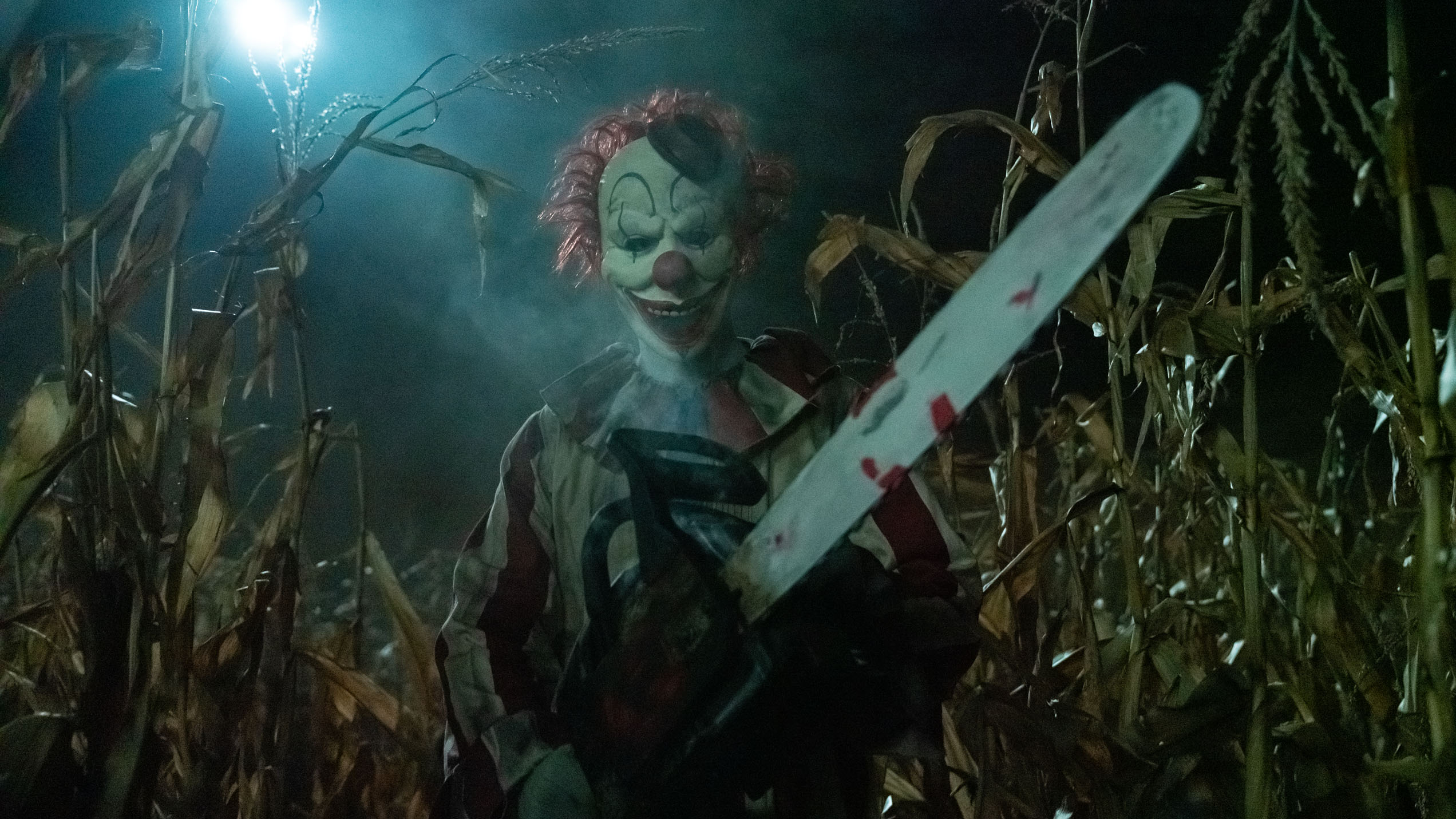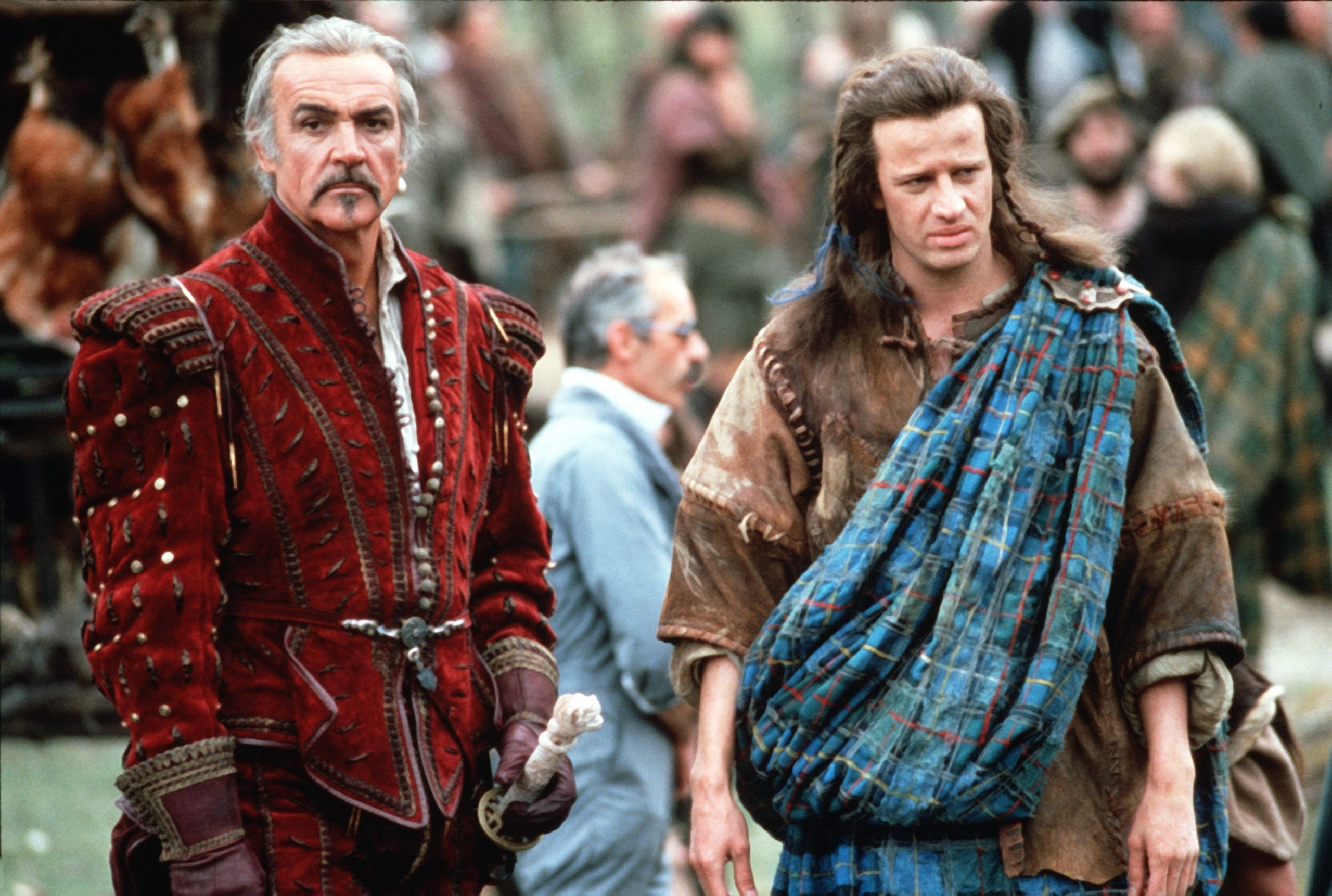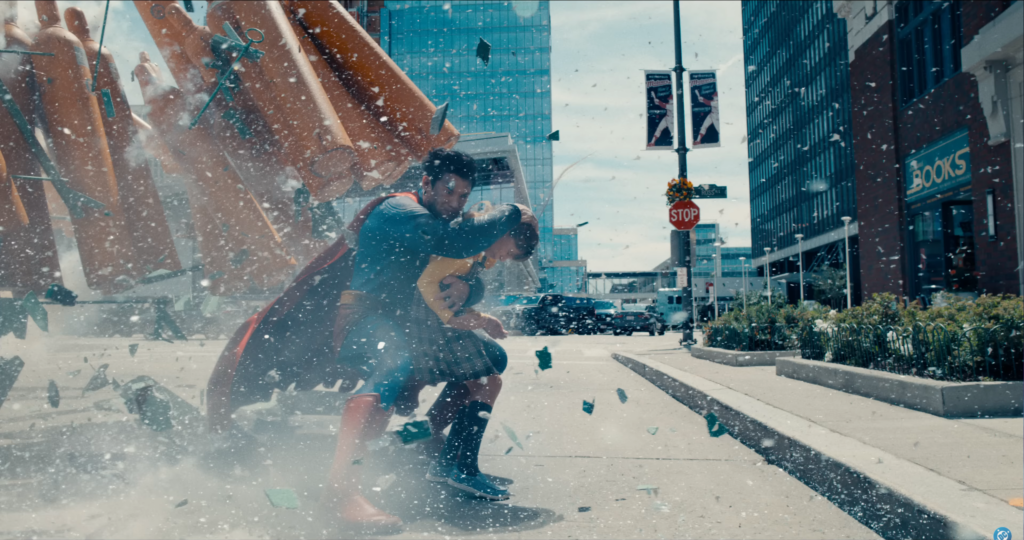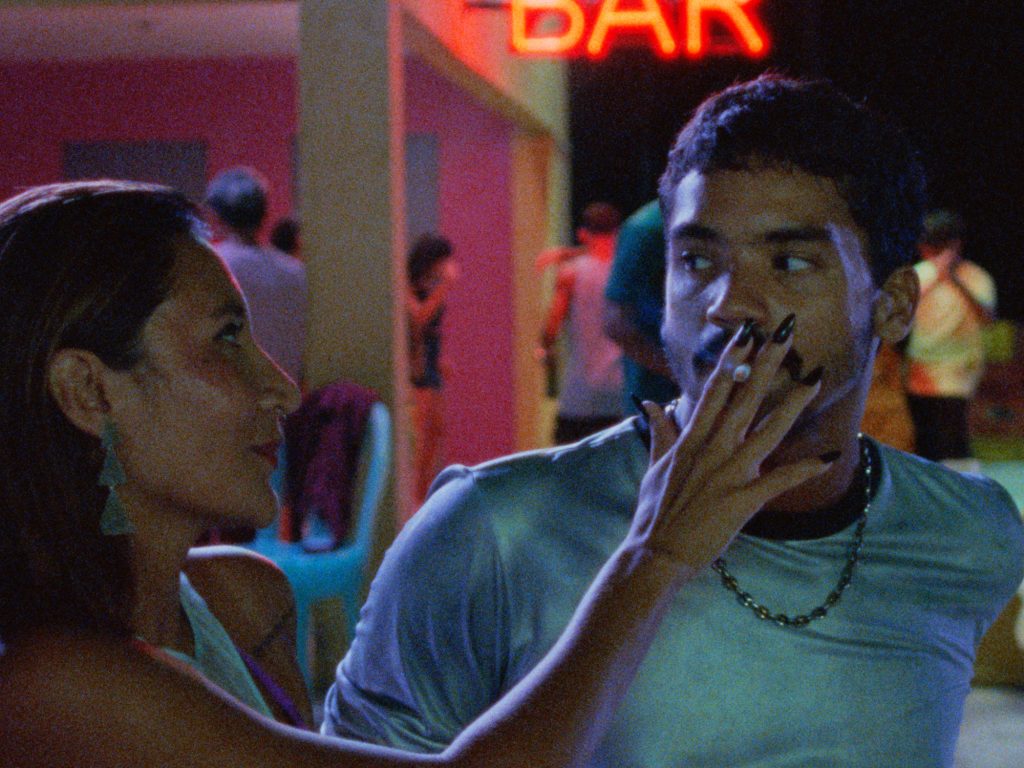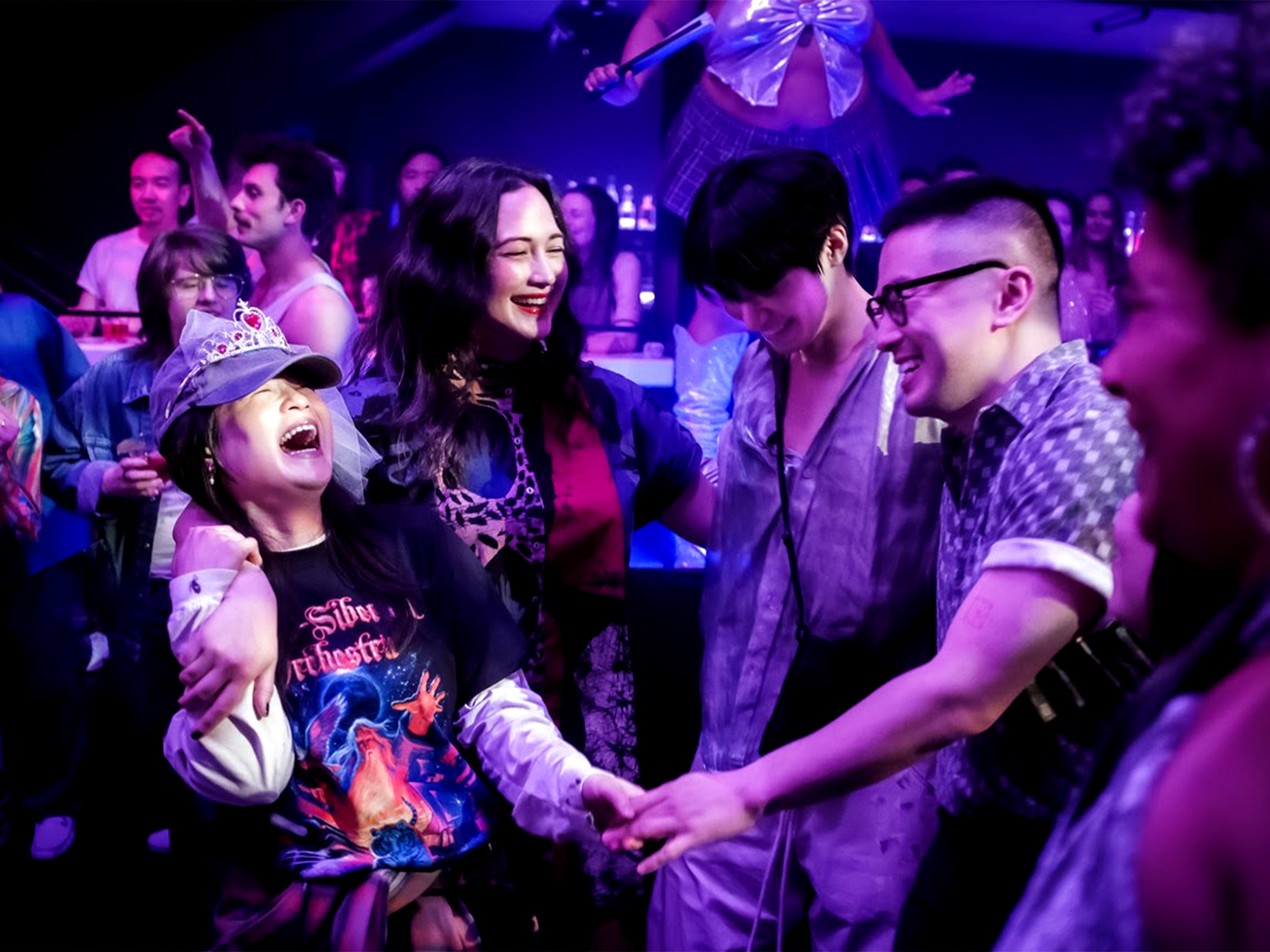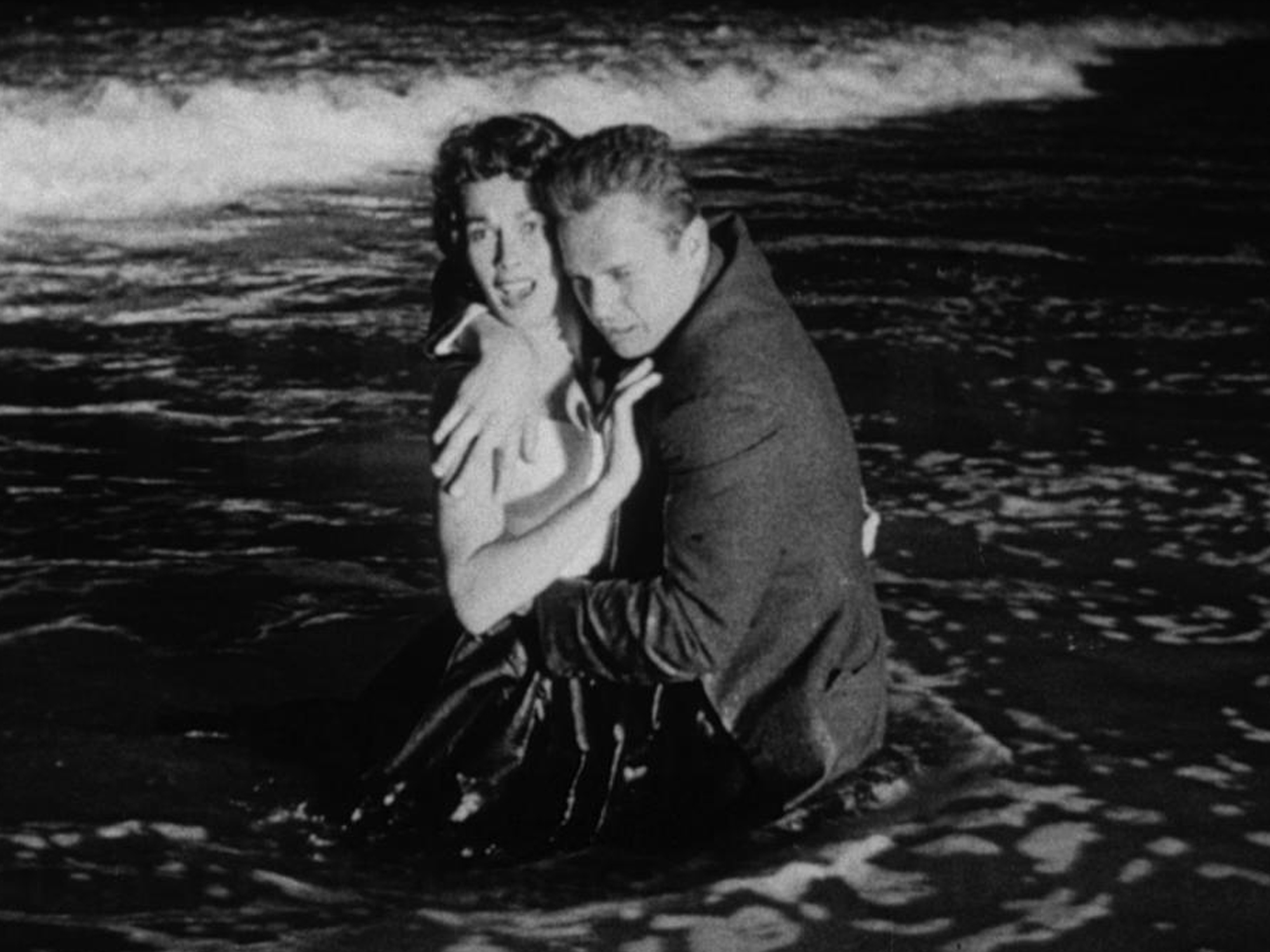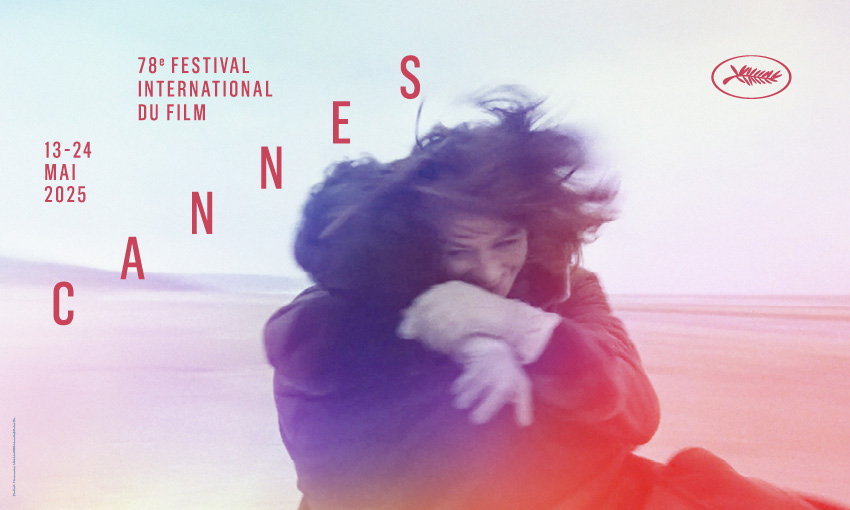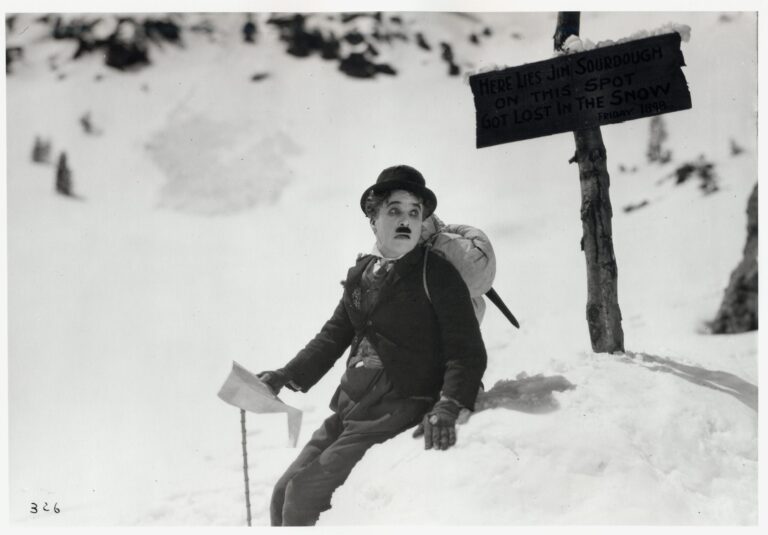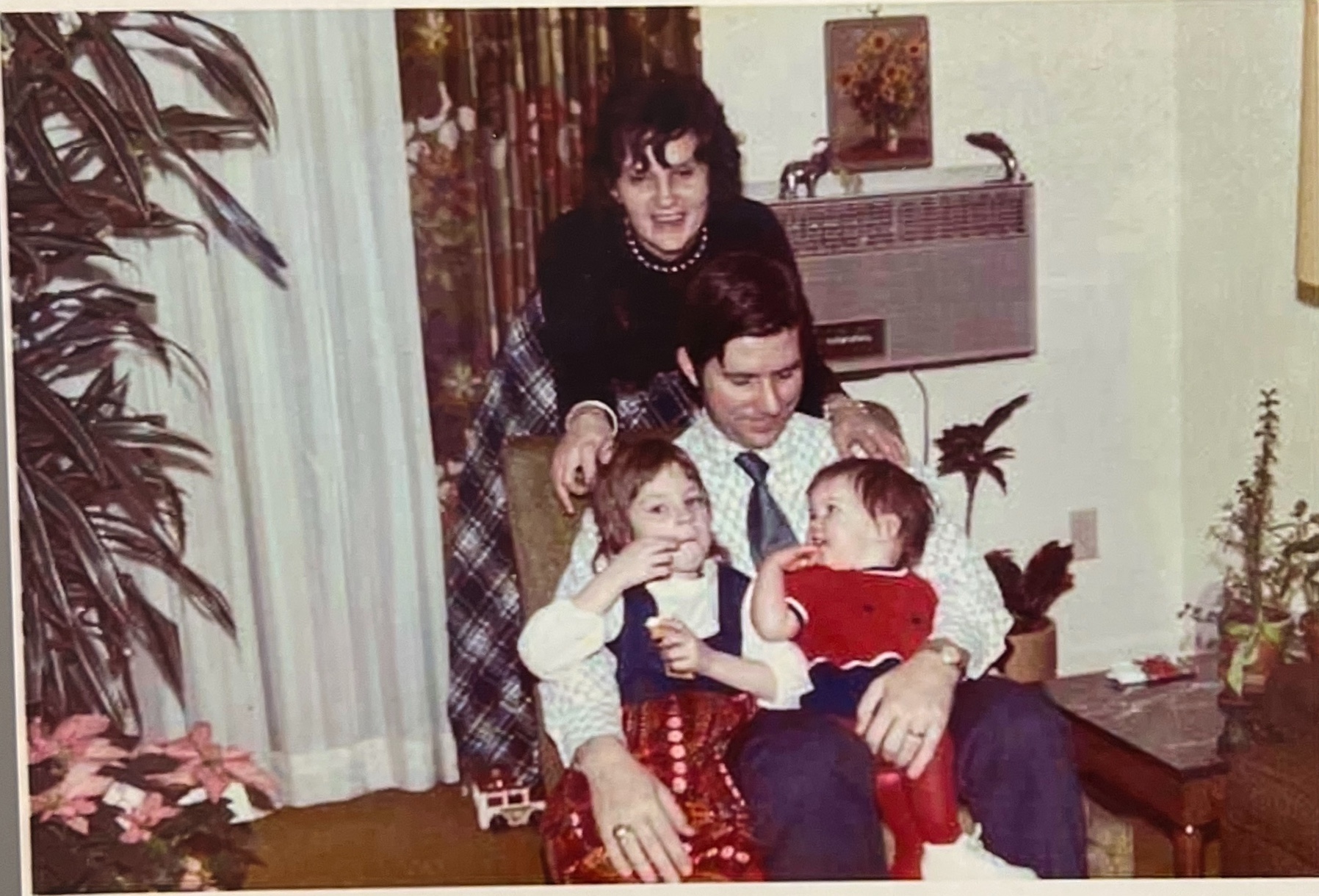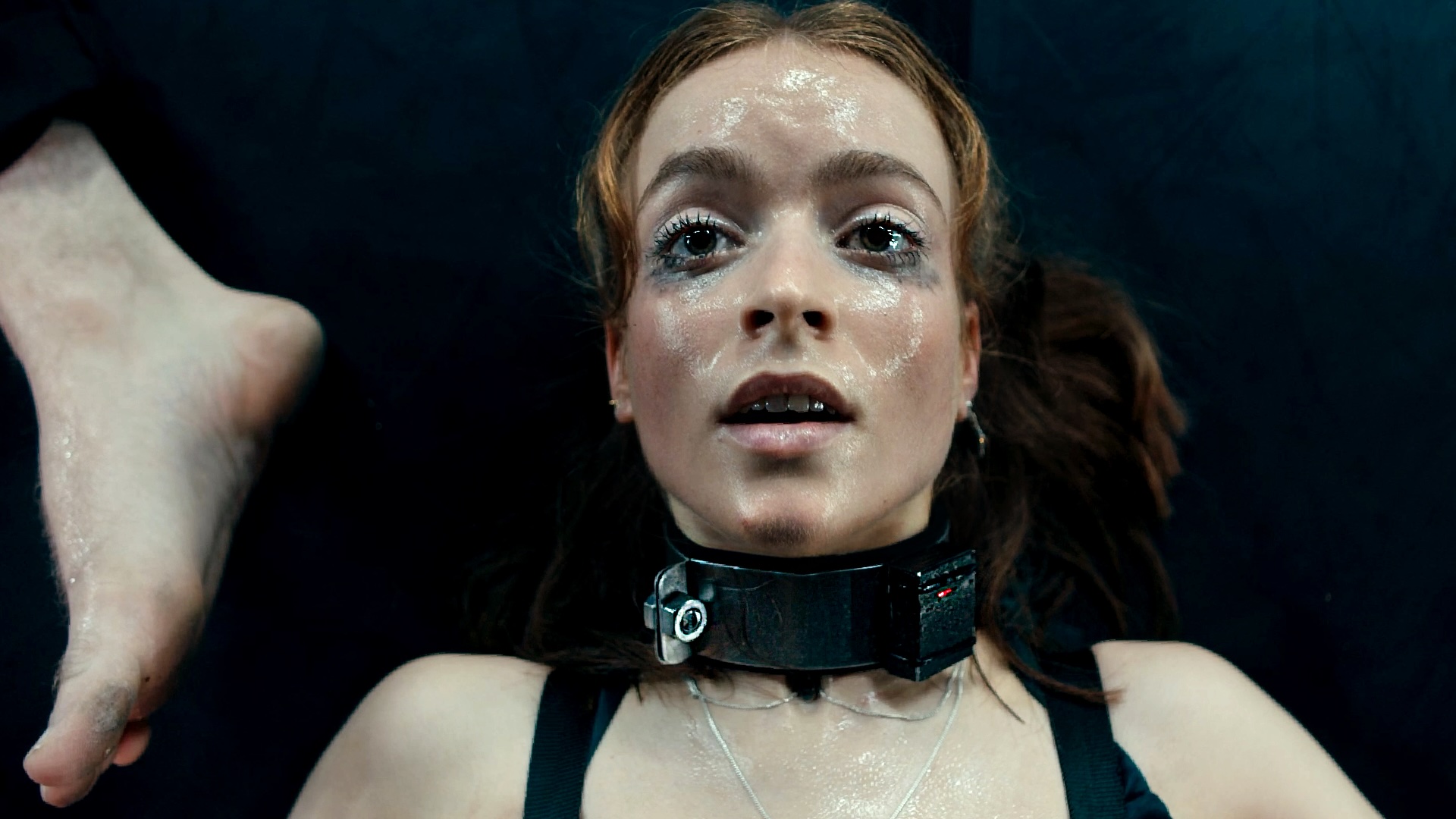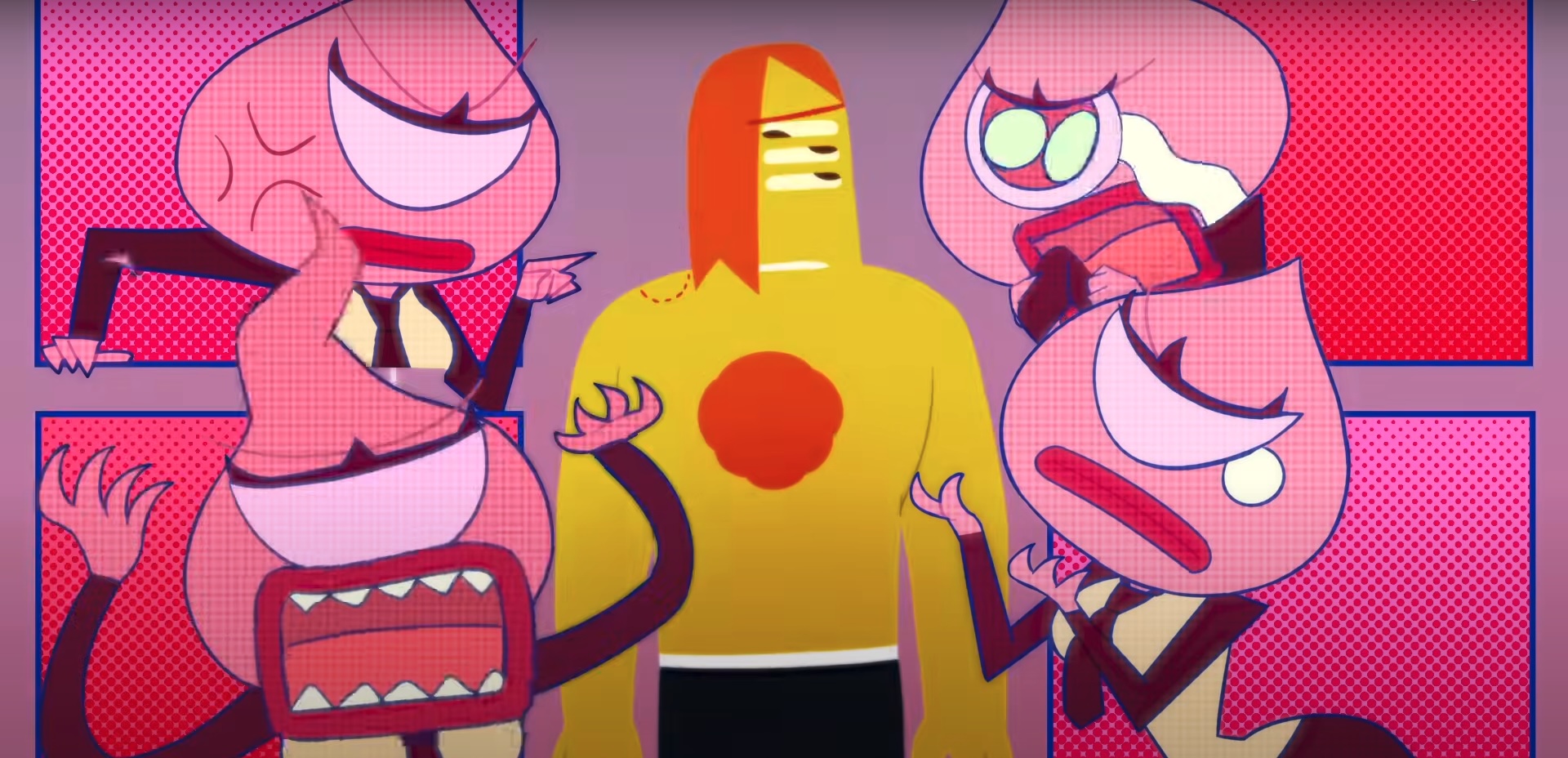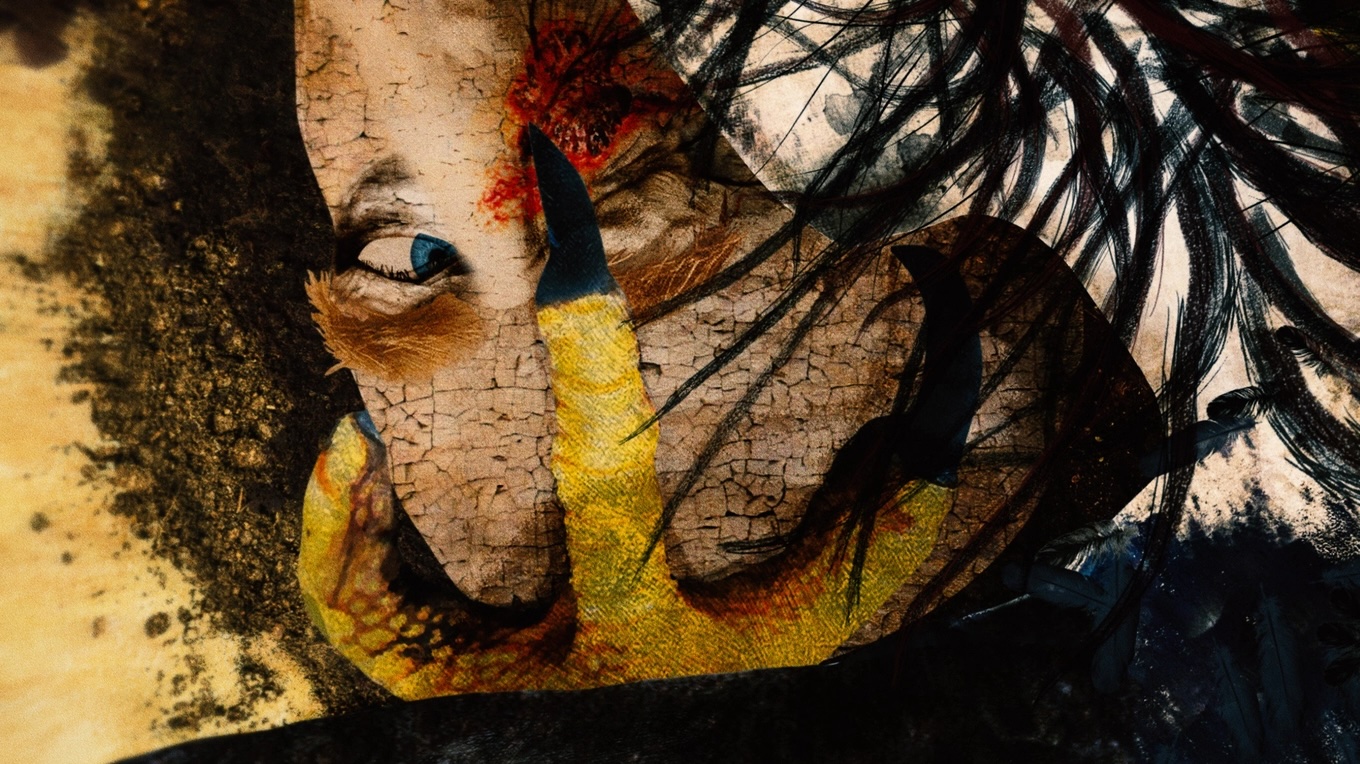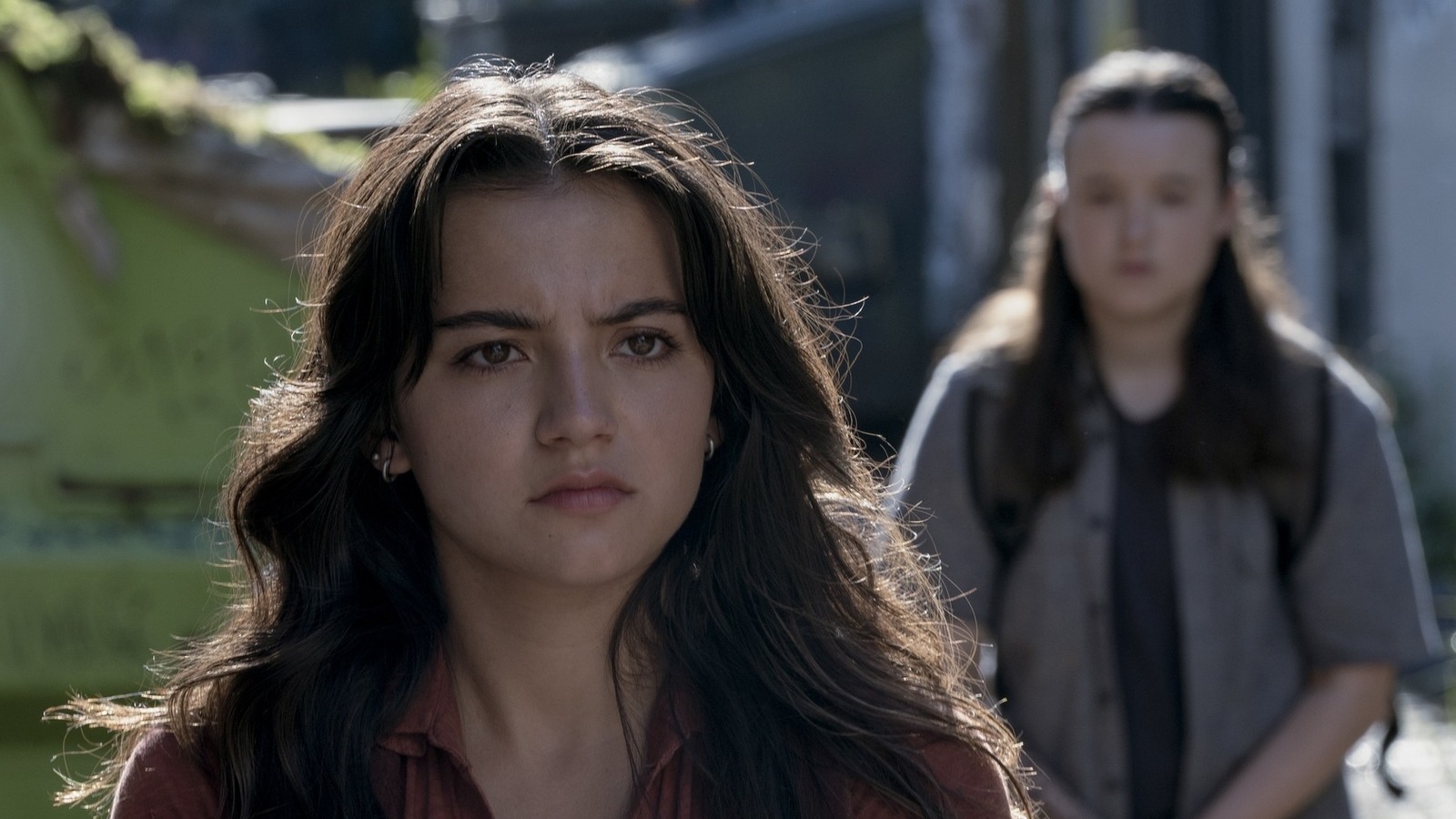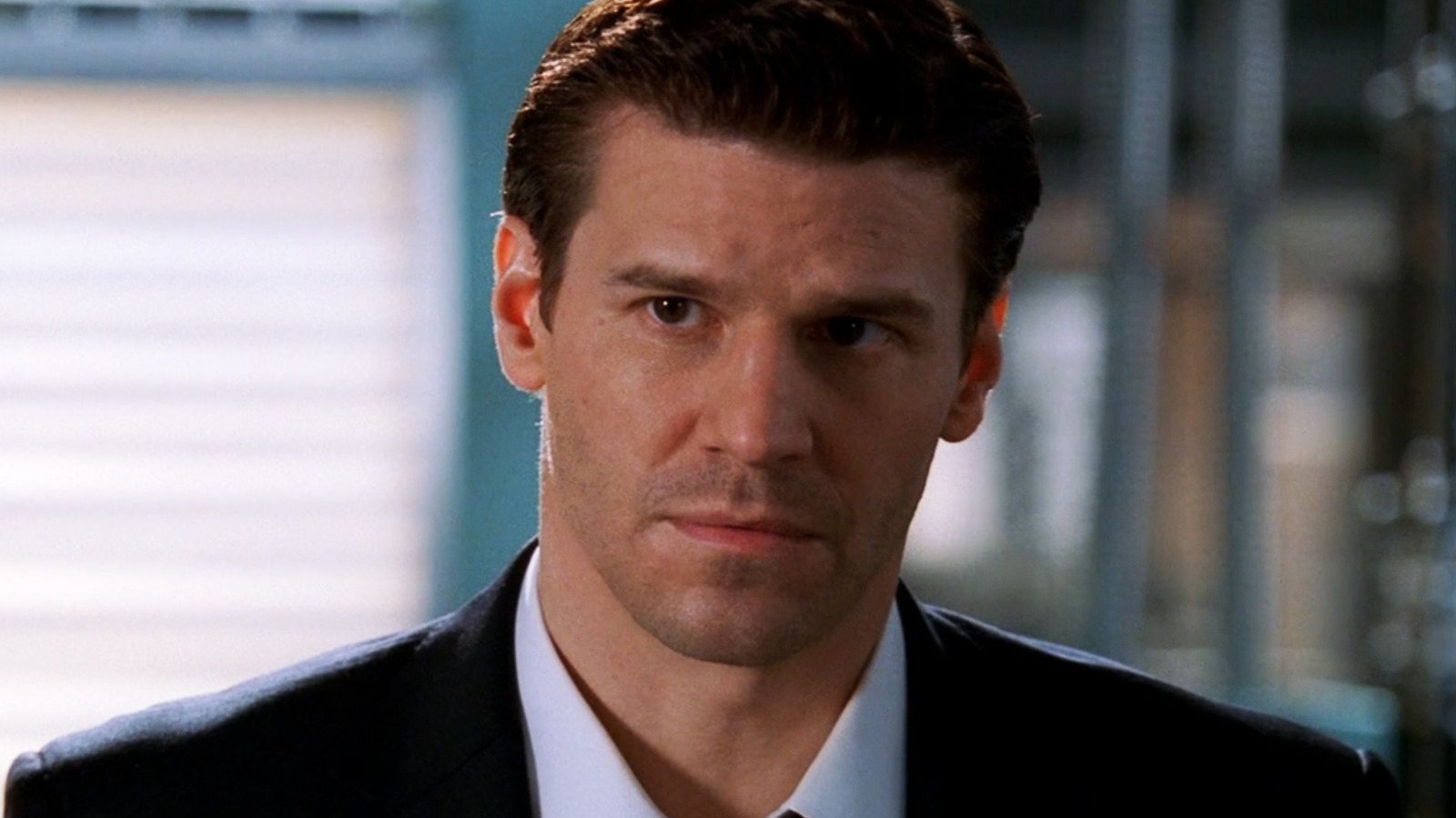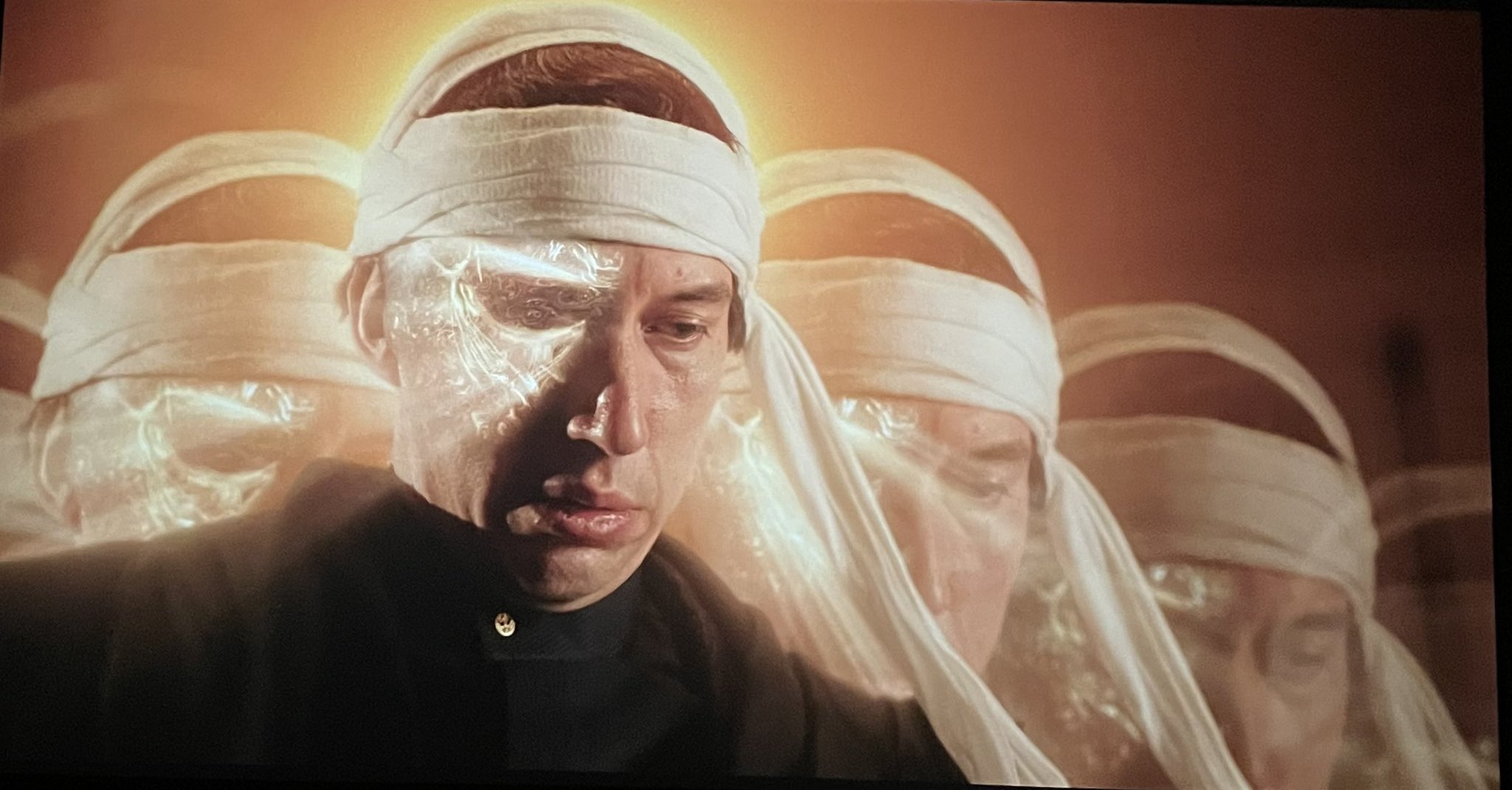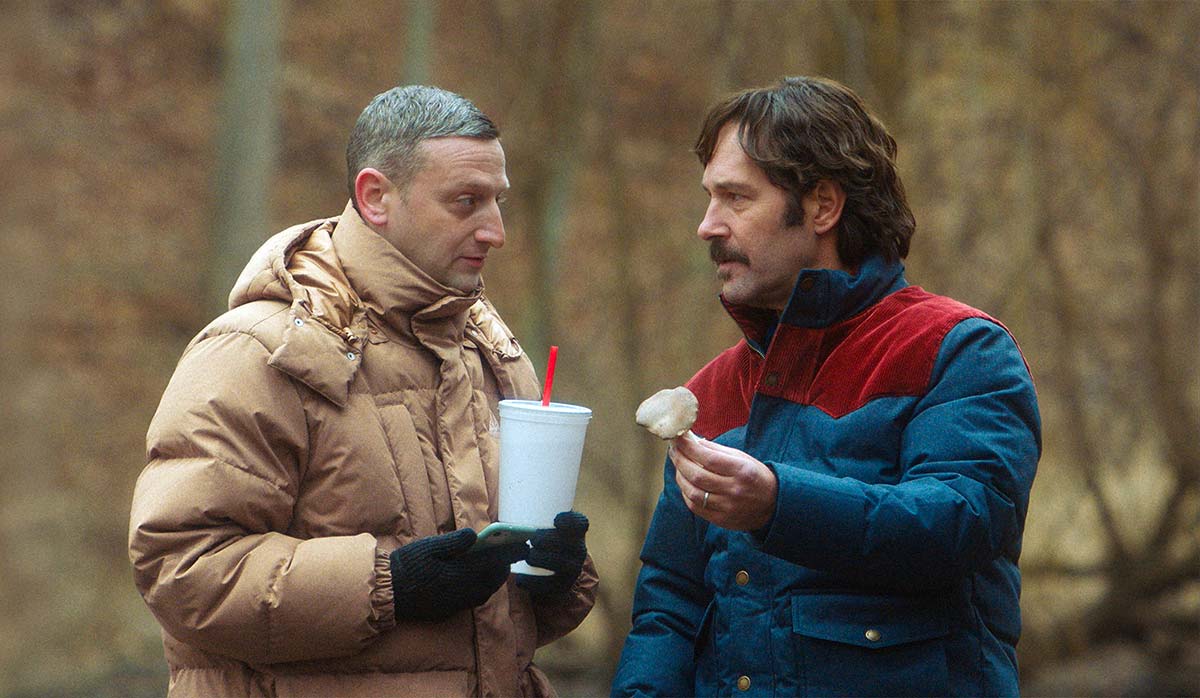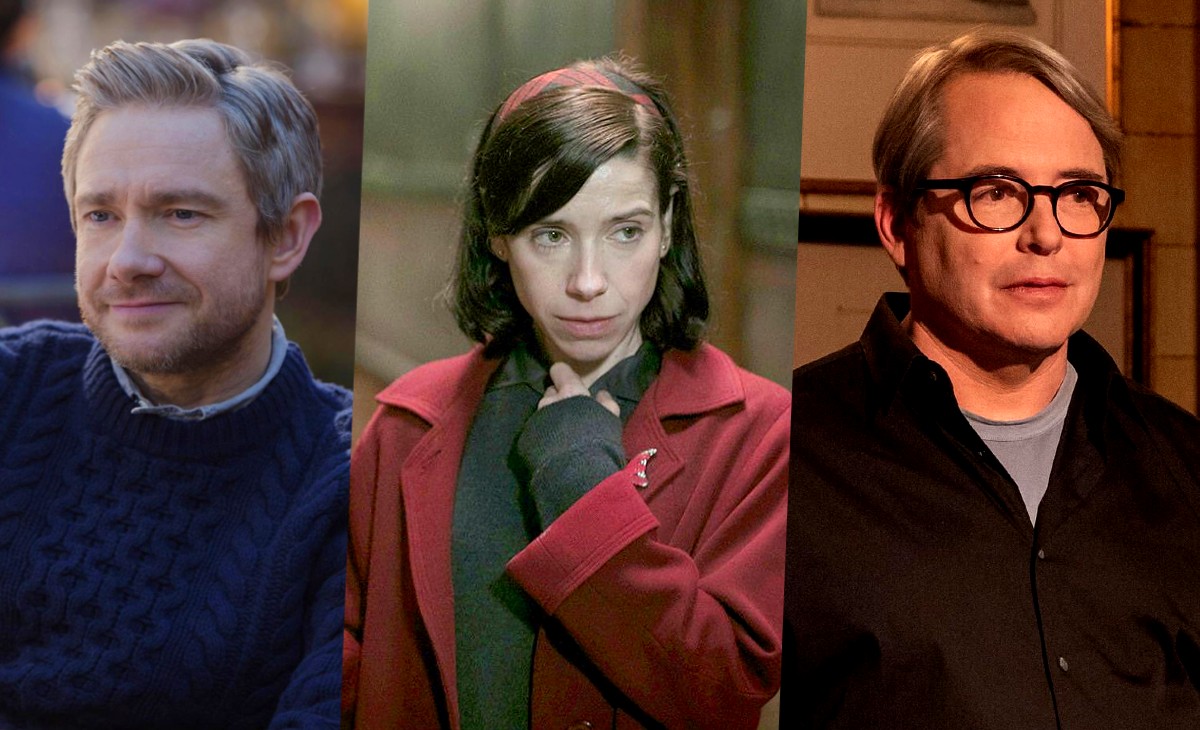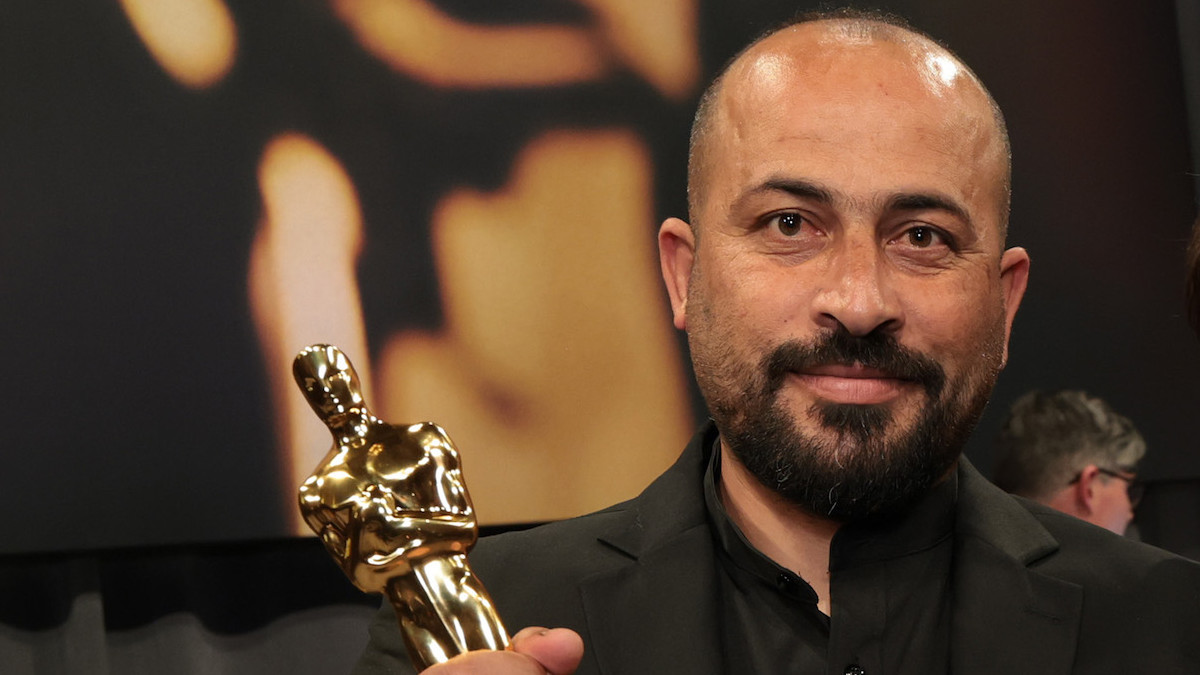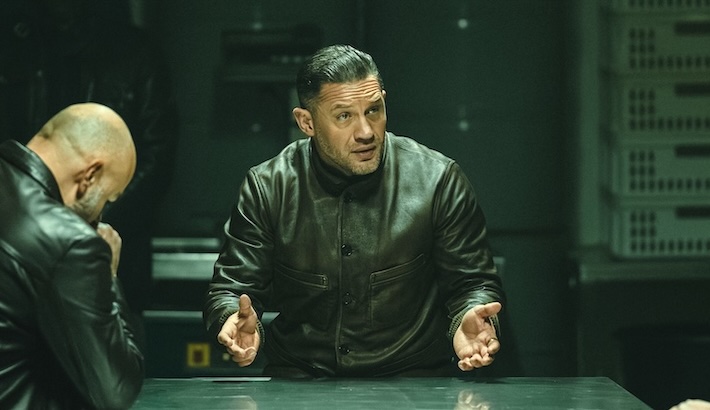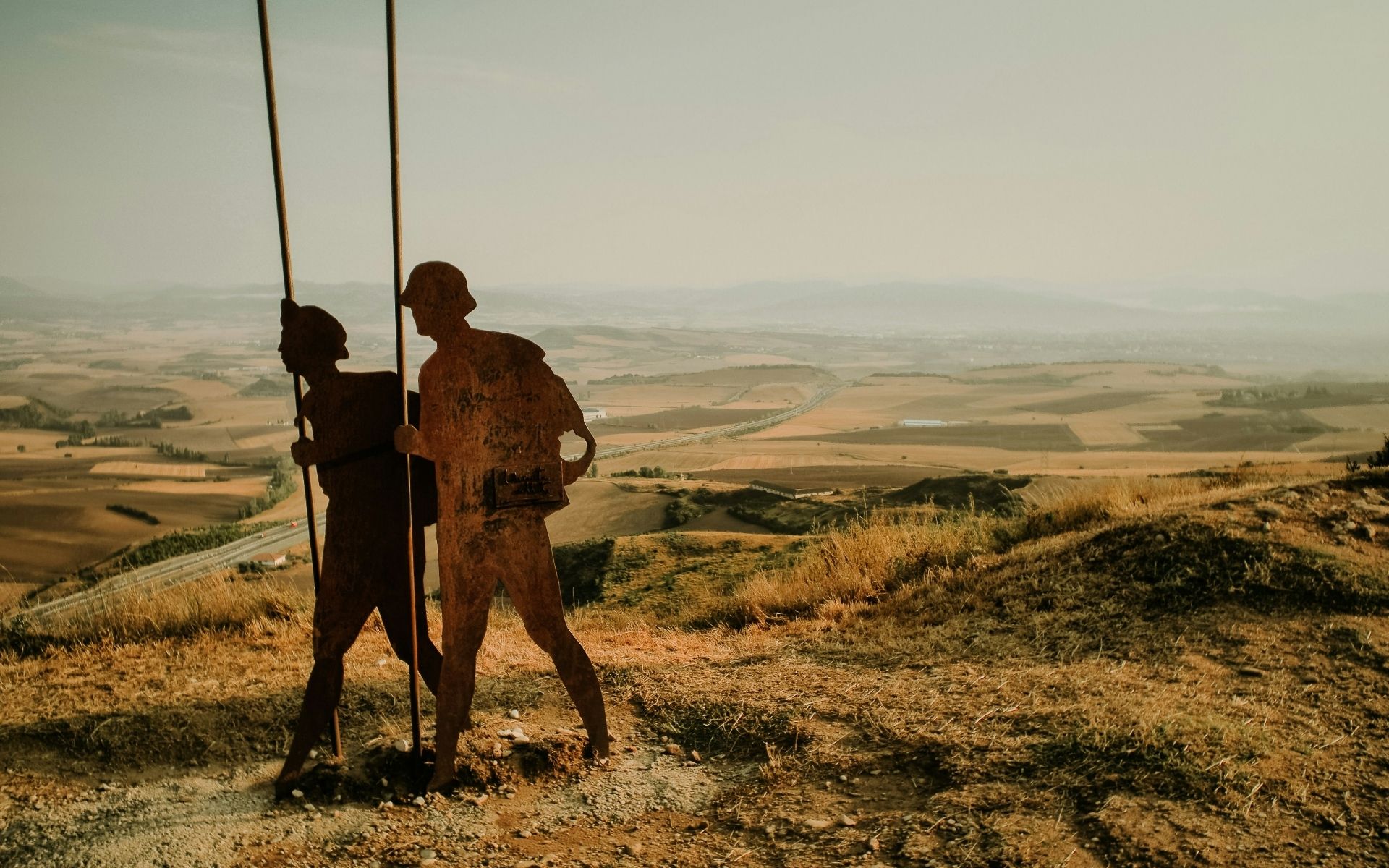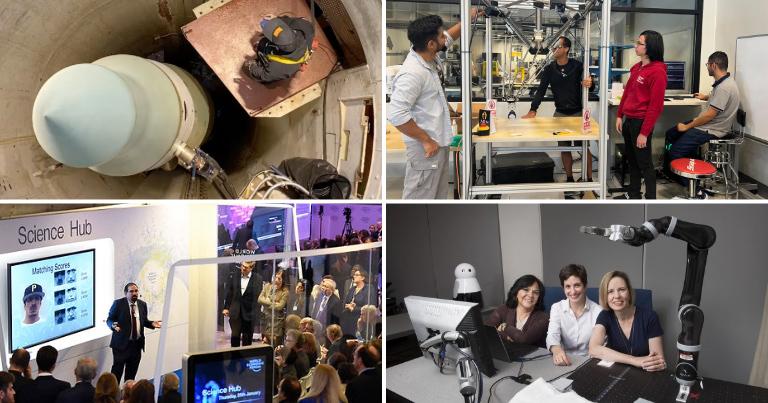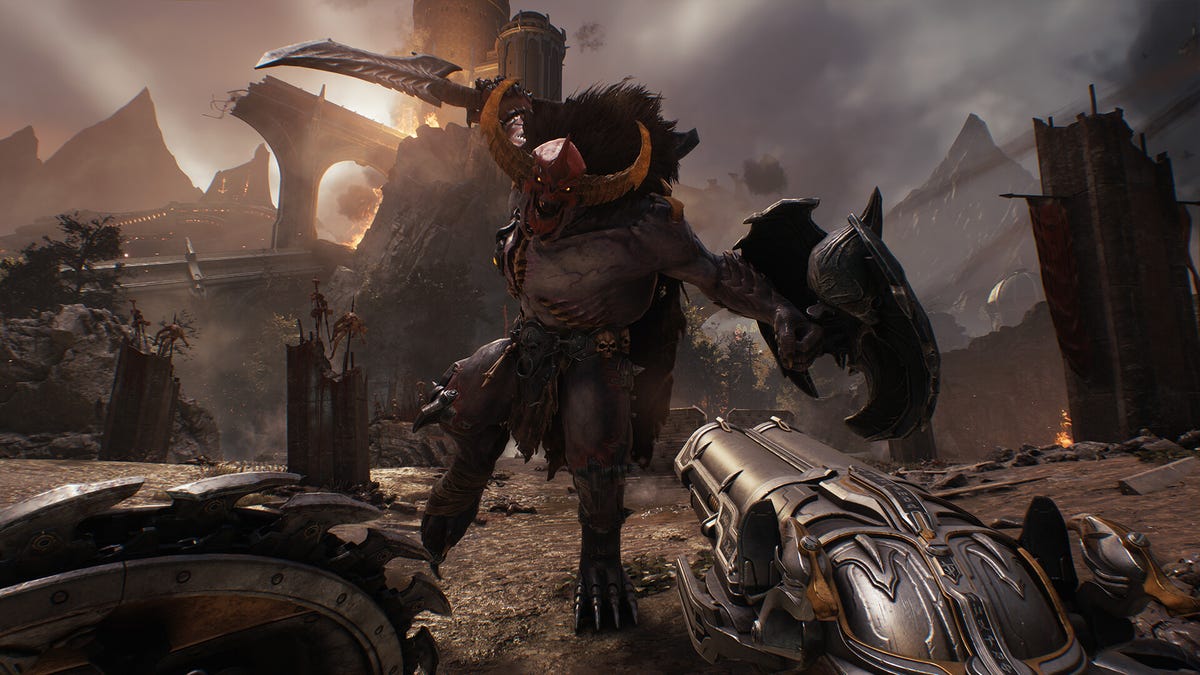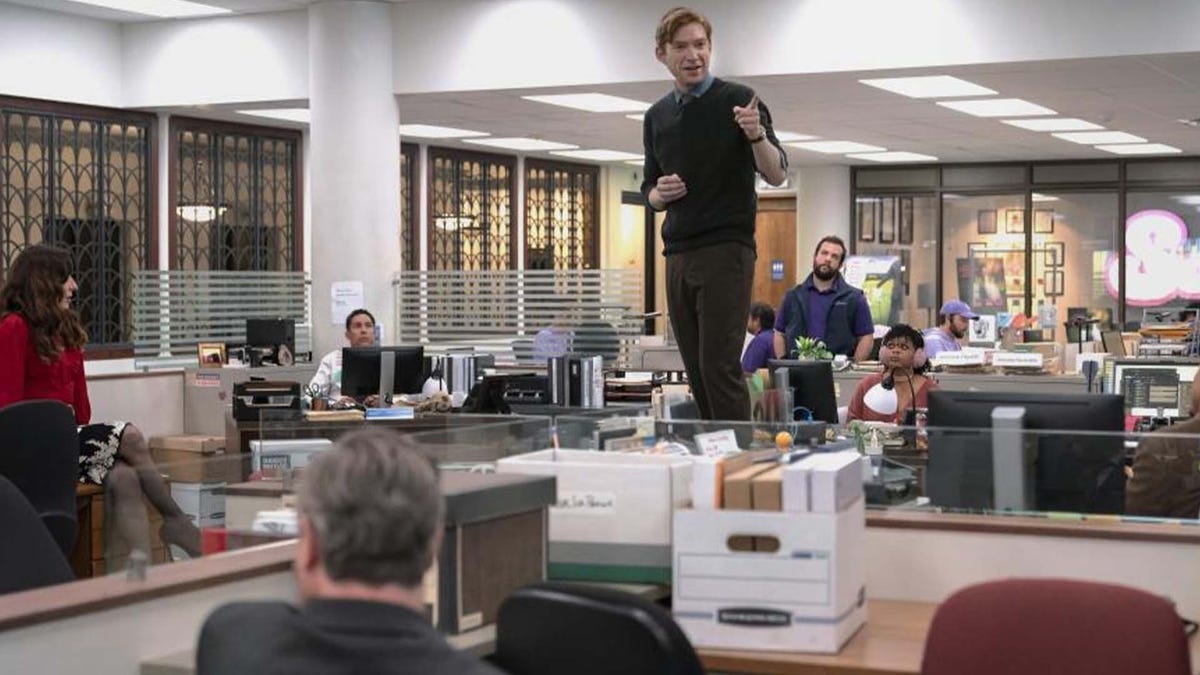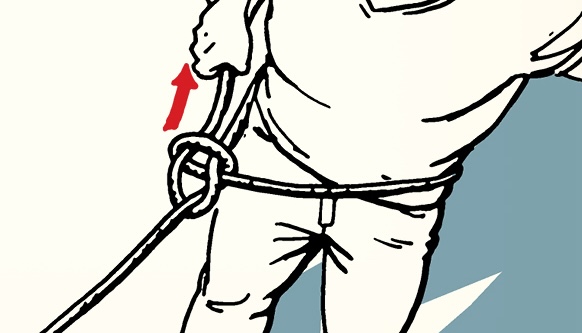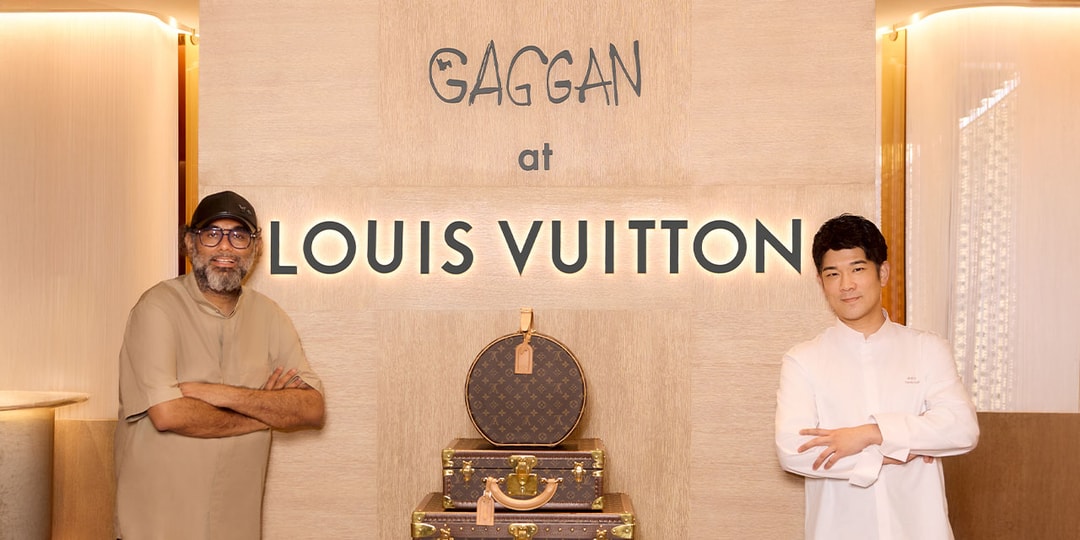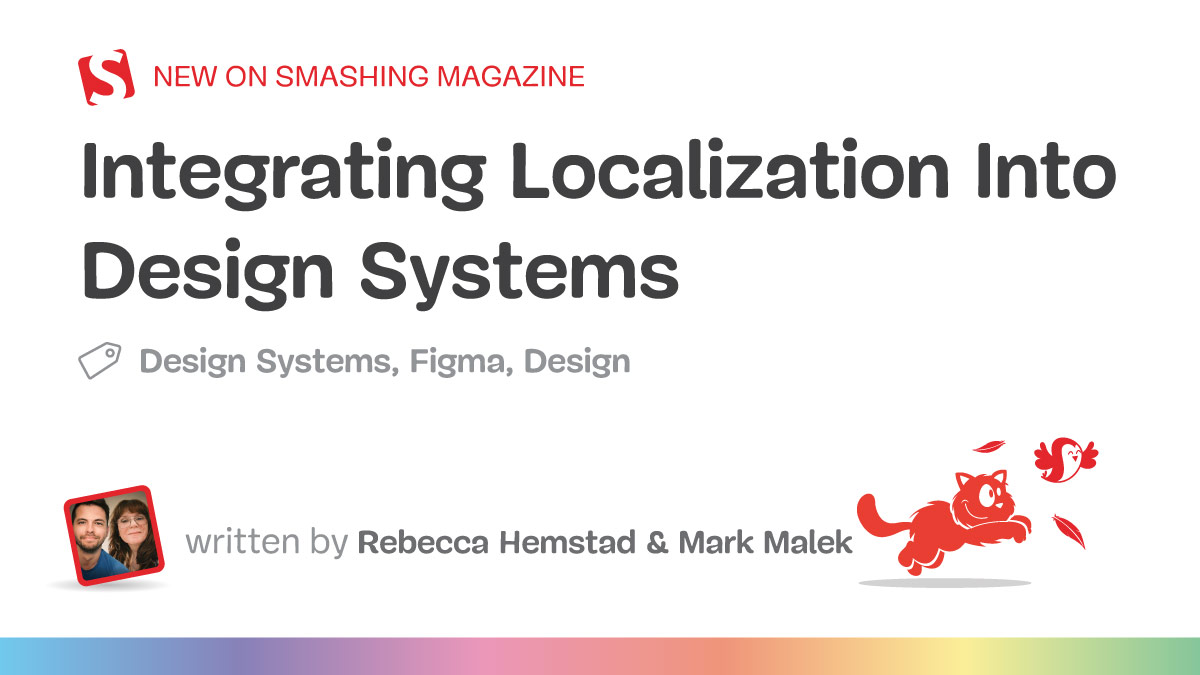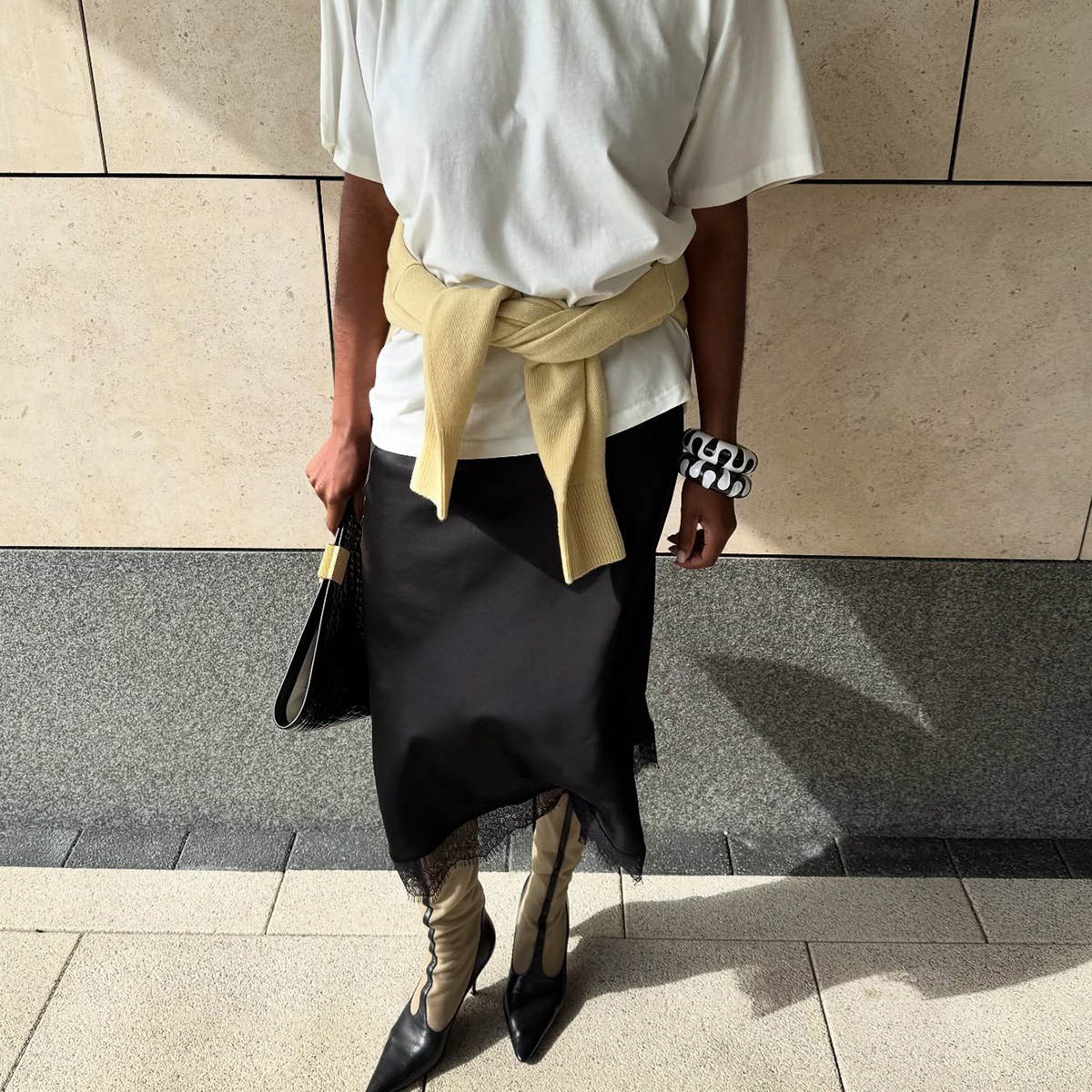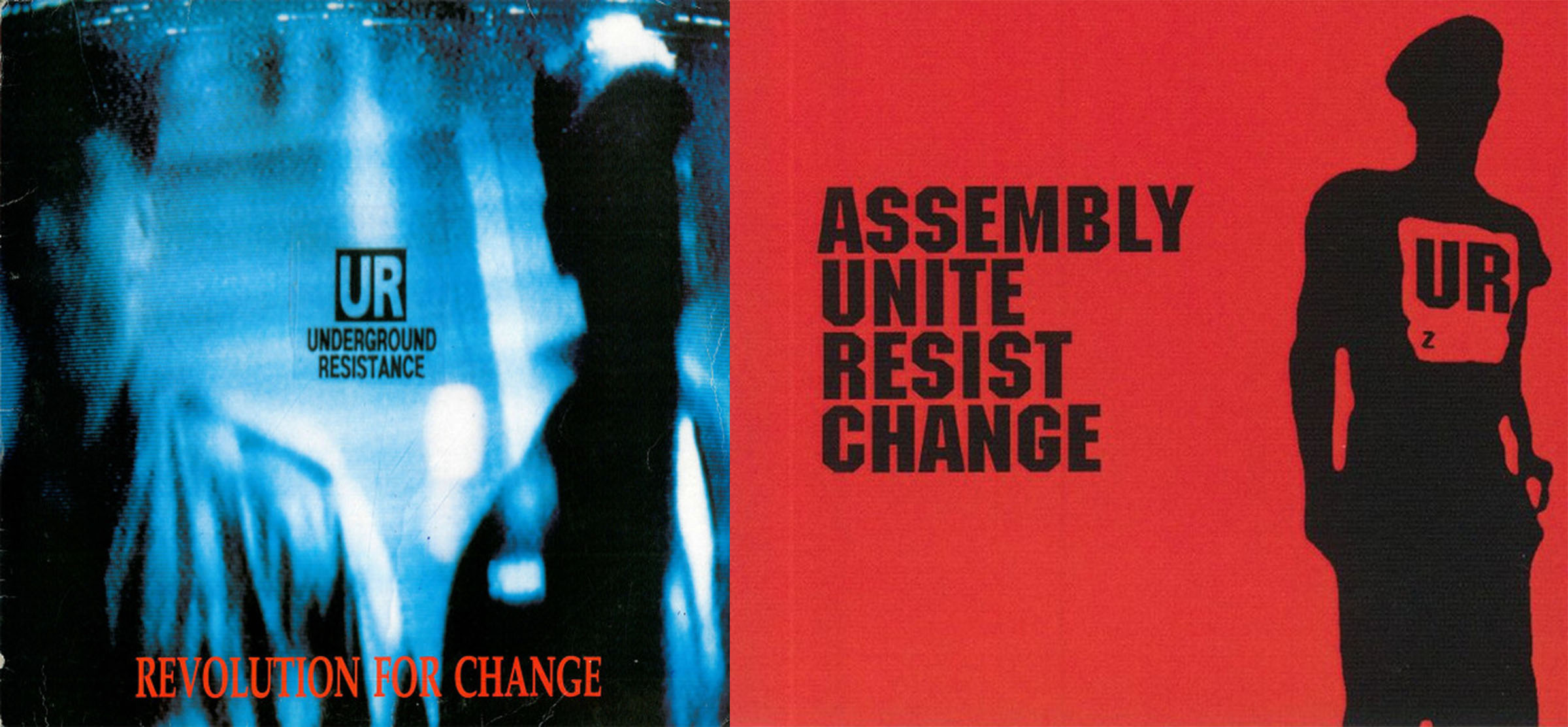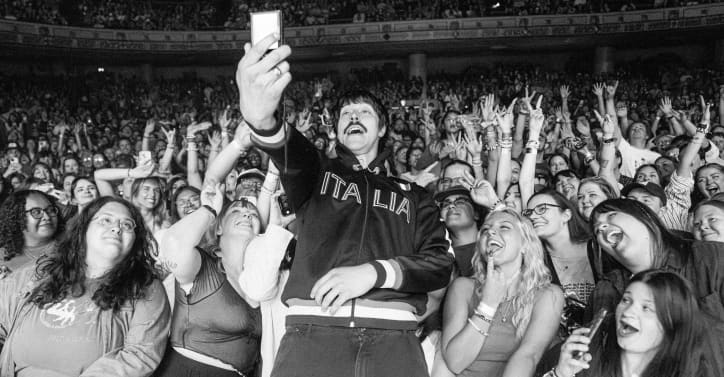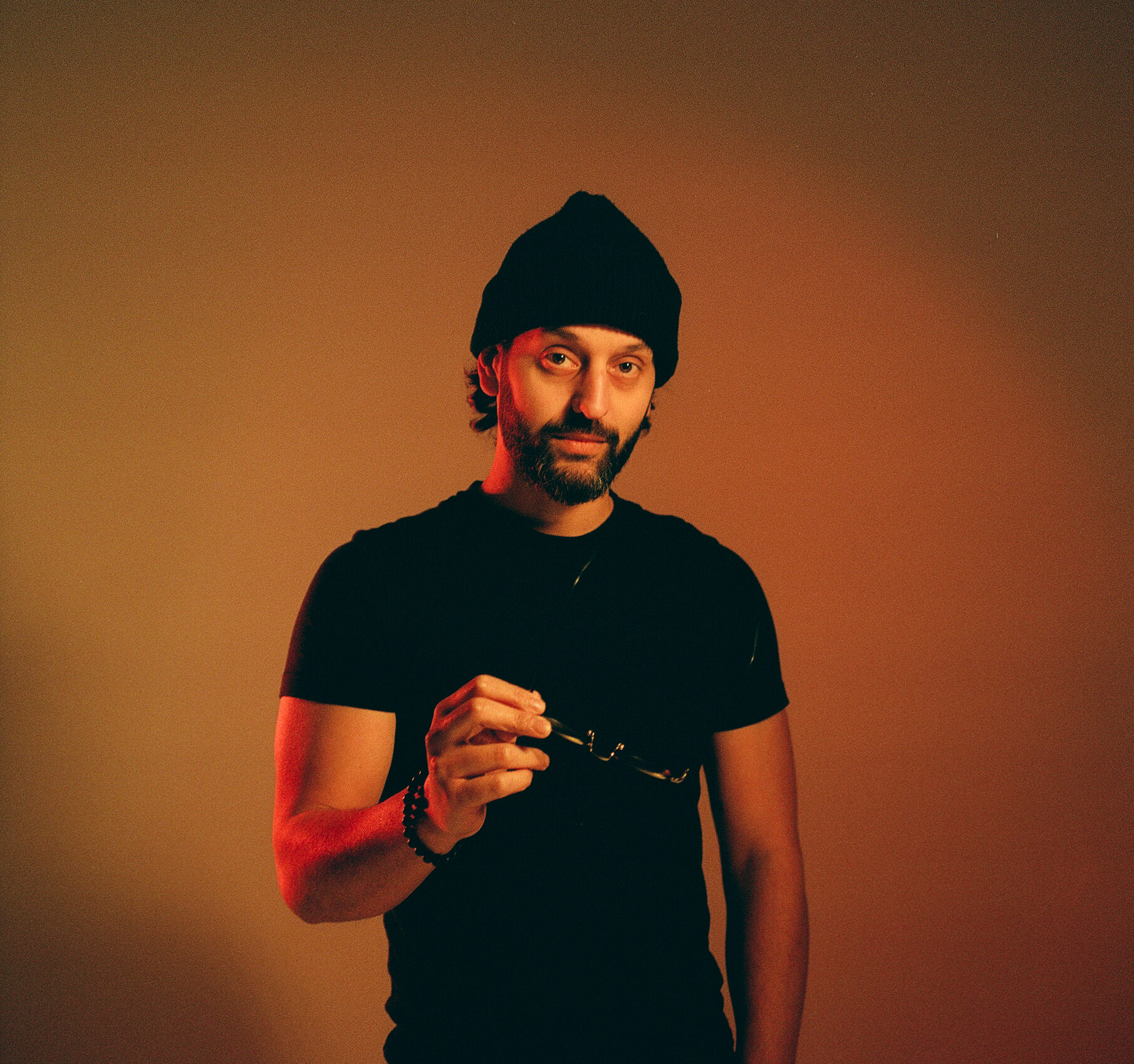What Is the 'Rashomon' Effect in Film? Meaning & Examples
The premiere of Rashomon by Akira Kurosawa at the prestigious Venice Film Festival in 1951 did more than win him the first prize at the film festival. Up until then, the story dictated the narrative of a film. After Rashomon, we learned how narratives can dictate a story, too.This is called the "Rashomon effect." Let's dig into what it is and how you can use it in your stories.About Kurosawa’s Rashomon Rashomon is one of Akira Kurosawa's earliest films. After the Second World War, as Japan was recovering from the aftermath, Kurosawa embarked on an artistic journey, making movies that aimed to restore hope and faith in a ruined nation, while depicting the rawest form of human psychology. Rashomon is a simple story where a thief is being tried for the murder of a samurai and his wife’s rape. The film opens at the Rashomon gate in Kyoto, with three characters—a woodcutter, a priest, and a commoner, seeking shelter from torrential rain, discussing a strange trial they witnessed earlier that day. Three days before, the woodcutter stumbled over the body of the said samurai. After his report to the police, the murderer was arrested and put on trial. But as each witness is called to testify, each of them narrates the same incident absolutely differently from each other. None of their statements and recollections about how the samurai died match with each other—be it the thief, the samurai’s wife, the woodcutter, or the dead samurai’s ghost. As we tap into each of their memories in search of the truth, we see the incident unfold from different perspectives, only to be left unanswered at the end of the film. Interestingly, none of the characters in the film tries to shift the blame for the murder through their statements. If they weren’t trying to escape punishment, why would they lie? Therefore, assuming all four are telling the truth, does that mean truth is subjective? While it is hard to swallow a pill like that, the denouement of this film also leaves us thinking about the possible reasons why someone might prioritize a narrative over their life.What is the "Rashomon Effect?"Kurosawa’s film Rashomon went on to win several awards, including an Honorary Foreign Language Film Oscar in 1952, but most importantly, it opened a new style of storytelling in cinema. Taking inspiration from the complexities of human perception and self-deception, the Rashomon effect highlights the possibilities of altering the truth using conflicting narratives. Since then, the Rashomon effect has been widely used in films, especially thrillers and mysteries, as a plot twist, misdirection, or to keep an open-ended resolution, just like the namesake. What Are the Main Elements of the Rashomon Effect?1. Opposing narrativesIn situations where characters breed suspicion against each other, the Rashomon effect is a great way to pit them against each other to further complicate the plot. This leads to confusion and mistrust between the interacting characters, making way for the classic whodunit misdirection or open-ended resolution.2. Unreliable narratorsWhen multiple unreliable narrators are involved, the Rashomon effect heightens. By purposely confusing the audience about whom to trust, you can play with narratives to keep the audience guessing until the end.3. Unresolved endingsWhen the narrative keeps shifting perspectives drastically from character to character, the line separating truth and derived truth blurs, making it impossible to determine the truth. What Are Some of the Most Iconic Films Based on the Rashomon Effect?1. Inception Christopher Nolan’s Inception features a nuanced version of the Rashomon effect. Think of each character's dreams in their respective narratives. During the last mission, we see the story unfold through many different perspectives, with narratives that are slightly different from each other, and at the end, we might lose track. We never know whether Cobb ever woke up from his sleep and came out of the last dream.2. Inventing Anna Inspired by a true event, this miniseries tells the story of a con artist named Anna Delvy (Julia Garner), who infiltrated New York's high society, convincing people she was a wealthy German heiress, only to con them out of millions of dollars. The series is told through the POV of the female journalist who is covering Anna's story as she awaits her trial. As journalist Vivian (Anna Chlumsky) tries to uncover Anna’s real identity and motivations, she realizes that every person who knows Anna has a different opinion of her. Even at the end of the series, we never know if Anna was the German heiress she claimed she was or was simply the vicious con artist the world labelled her to be.3. Gone Girl Amy (Rosamund Pike) and her husband, Nick (Ben Affleck), are the two main POVs in the story. The investigating police officers are a neutral, confused POV. The entire buildup of the film, until Amy finishes the last part of her plan, uses the Rashomon effect to maintain thrill and anticip


The premiere of Rashomon by Akira Kurosawa at the prestigious Venice Film Festival in 1951 did more than win him the first prize at the film festival. Up until then, the story dictated the narrative of a film. After Rashomon, we learned how narratives can dictate a story, too.
This is called the "Rashomon effect." Let's dig into what it is and how you can use it in your stories.
About Kurosawa’s Rashomon
Rashomon is one of Akira Kurosawa's earliest films. After the Second World War, as Japan was recovering from the aftermath, Kurosawa embarked on an artistic journey, making movies that aimed to restore hope and faith in a ruined nation, while depicting the rawest form of human psychology.
Rashomon is a simple story where a thief is being tried for the murder of a samurai and his wife’s rape. The film opens at the Rashomon gate in Kyoto, with three characters—a woodcutter, a priest, and a commoner, seeking shelter from torrential rain, discussing a strange trial they witnessed earlier that day.
Three days before, the woodcutter stumbled over the body of the said samurai. After his report to the police, the murderer was arrested and put on trial.
But as each witness is called to testify, each of them narrates the same incident absolutely differently from each other. None of their statements and recollections about how the samurai died match with each other—be it the thief, the samurai’s wife, the woodcutter, or the dead samurai’s ghost. As we tap into each of their memories in search of the truth, we see the incident unfold from different perspectives, only to be left unanswered at the end of the film.
Interestingly, none of the characters in the film tries to shift the blame for the murder through their statements. If they weren’t trying to escape punishment, why would they lie? Therefore, assuming all four are telling the truth, does that mean truth is subjective?
While it is hard to swallow a pill like that, the denouement of this film also leaves us thinking about the possible reasons why someone might prioritize a narrative over their life.
What is the "Rashomon Effect?"
Kurosawa’s film Rashomon went on to win several awards, including an Honorary Foreign Language Film Oscar in 1952, but most importantly, it opened a new style of storytelling in cinema. Taking inspiration from the complexities of human perception and self-deception, the Rashomon effect highlights the possibilities of altering the truth using conflicting narratives.
Since then, the Rashomon effect has been widely used in films, especially thrillers and mysteries, as a plot twist, misdirection, or to keep an open-ended resolution, just like the namesake.
What Are the Main Elements of the Rashomon Effect?
1. Opposing narratives
In situations where characters breed suspicion against each other, the Rashomon effect is a great way to pit them against each other to further complicate the plot. This leads to confusion and mistrust between the interacting characters, making way for the classic whodunit misdirection or open-ended resolution.
2. Unreliable narrators
When multiple unreliable narrators are involved, the Rashomon effect heightens. By purposely confusing the audience about whom to trust, you can play with narratives to keep the audience guessing until the end.
3. Unresolved endings
When the narrative keeps shifting perspectives drastically from character to character, the line separating truth and derived truth blurs, making it impossible to determine the truth.
What Are Some of the Most Iconic Films Based on the Rashomon Effect?
1. Inception
Christopher Nolan’s Inception features a nuanced version of the Rashomon effect. Think of each character's dreams in their respective narratives. During the last mission, we see the story unfold through many different perspectives, with narratives that are slightly different from each other, and at the end, we might lose track. We never know whether Cobb ever woke up from his sleep and came out of the last dream.
2. Inventing Anna
Inspired by a true event, this miniseries tells the story of a con artist named Anna Delvy (Julia Garner), who infiltrated New York's high society, convincing people she was a wealthy German heiress, only to con them out of millions of dollars.
The series is told through the POV of the female journalist who is covering Anna's story as she awaits her trial. As journalist Vivian (Anna Chlumsky) tries to uncover Anna’s real identity and motivations, she realizes that every person who knows Anna has a different opinion of her.
Even at the end of the series, we never know if Anna was the German heiress she claimed she was or was simply the vicious con artist the world labelled her to be.
3. Gone Girl
Amy (Rosamund Pike) and her husband, Nick (Ben Affleck), are the two main POVs in the story. The investigating police officers are a neutral, confused POV. The entire buildup of the film, until Amy finishes the last part of her plan, uses the Rashomon effect to maintain thrill and anticipation.
If Amy hadn’t confessed her plan through internal monologues and we hadn’t seen her commit the murder in the end, we’d not know what really happened on their fifth anniversary.
Conclusion
Even science confirms that the same incident can be perceived differently from different vantage points. This means that truth is nothing beyond one’s own perception, and in cinema, perceptions are built through narratives. The Rashomon effect is not a failure to recollect what happened, but rather a human’s primal urge to depict every story as they deem fit.
Sometimes, the need to see oneself in a certain light makes a character prone to altering and molding truths, while at other times, it might be a blatant attempt to escape consequences. Sometimes, they might be innocent and know half the truth,
In any case, the Rashomon effect is not restricted to character conflicts only.
Can you think of other films that use the Rashomon effect uniquely?

![‘[REC]’ Producer Filmax Brings to Market ‘The Nest,’ Drops Promo (EXCLUSIVE)](https://variety.com/wp-content/uploads/2025/05/EL_NIDO_D4A7050-2.jpg?#)


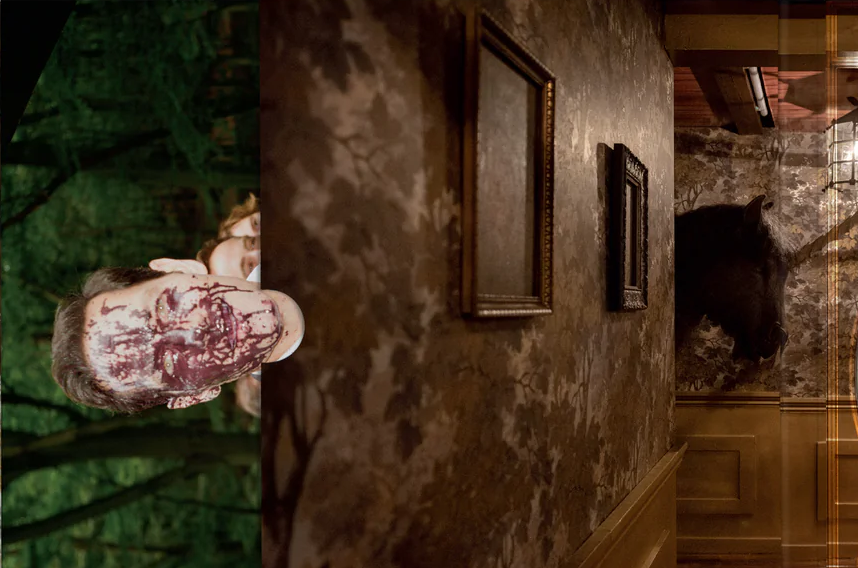

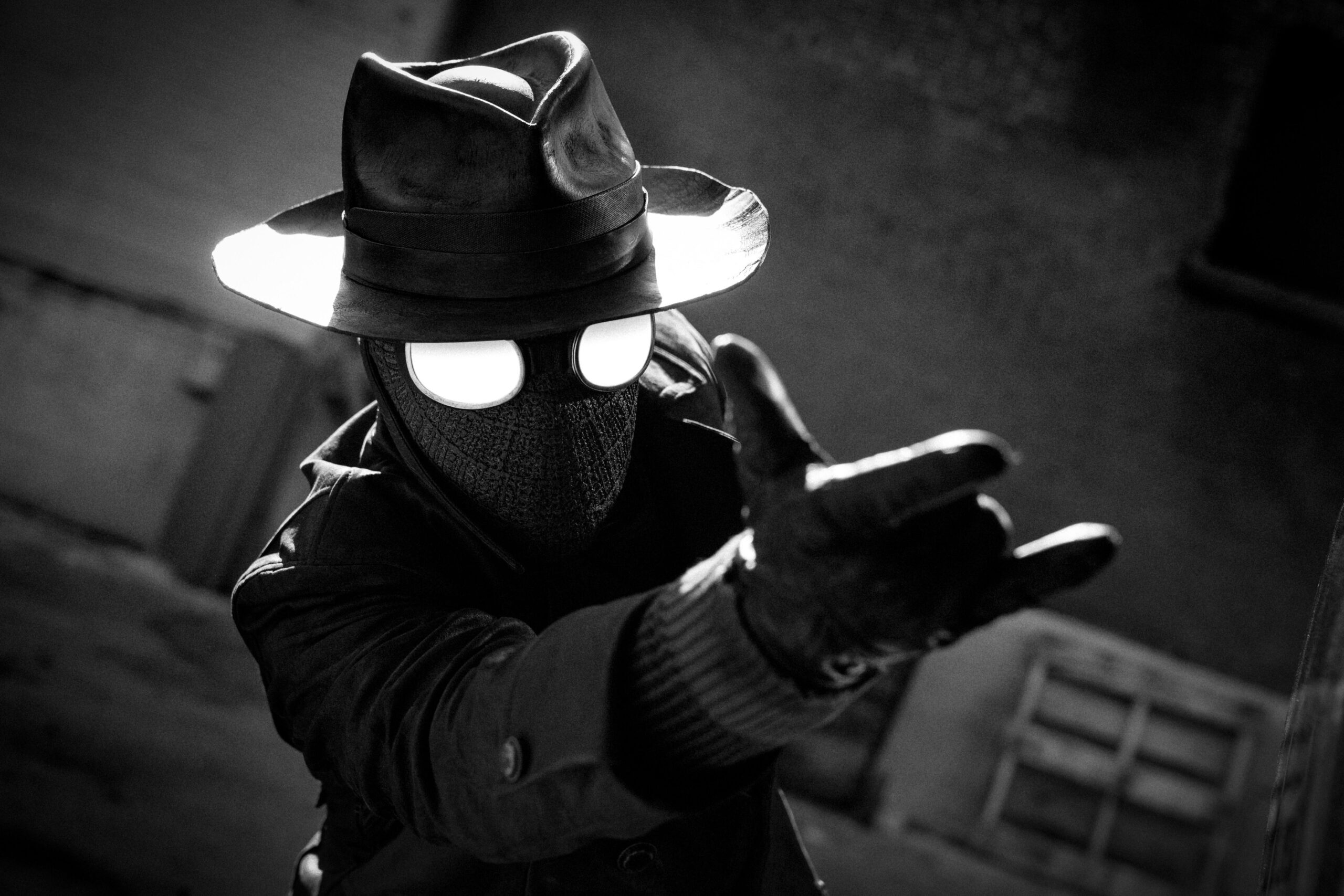
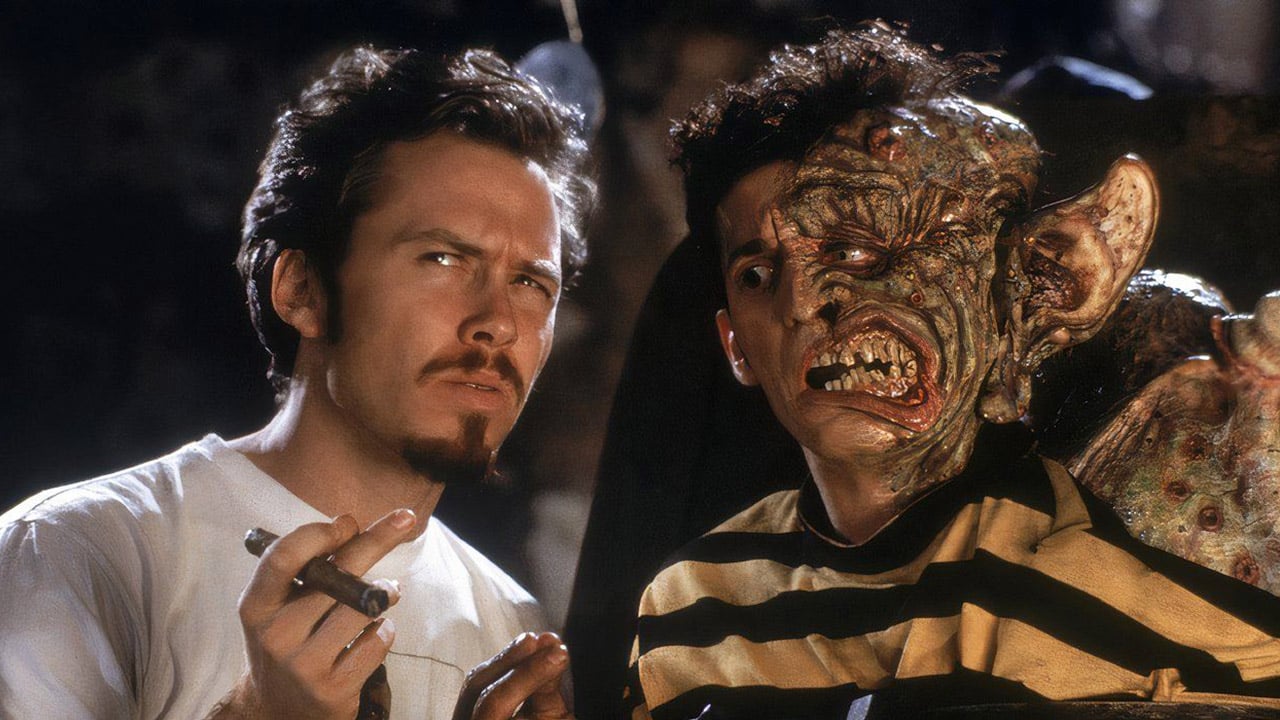












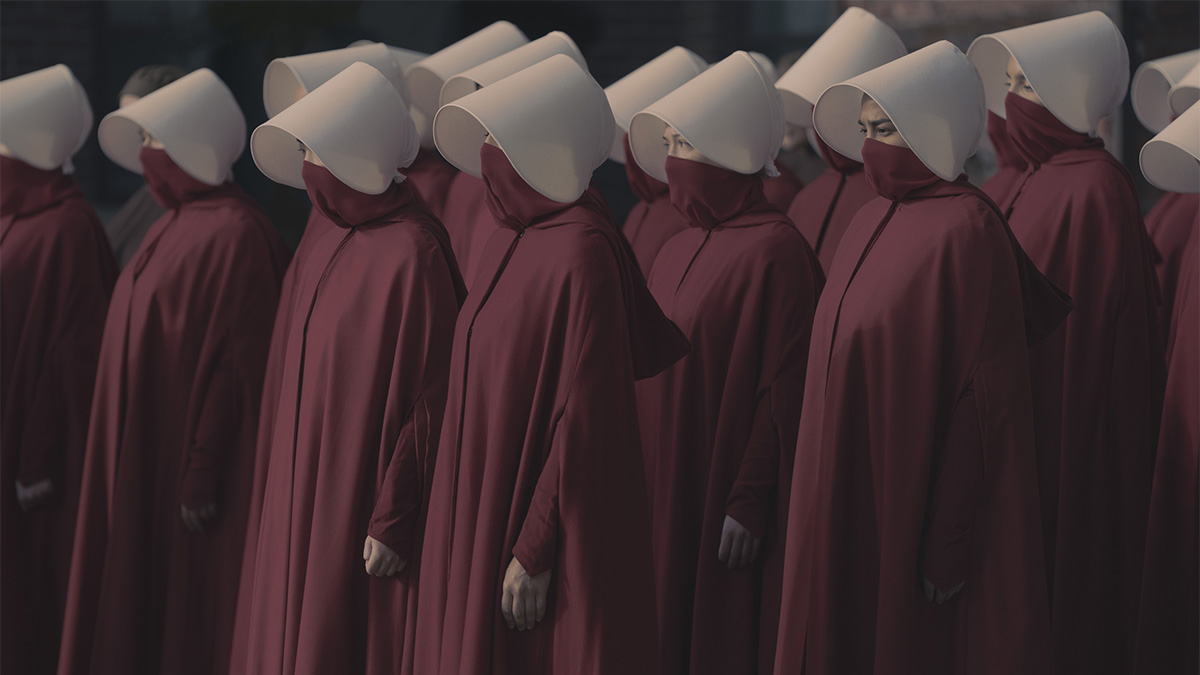







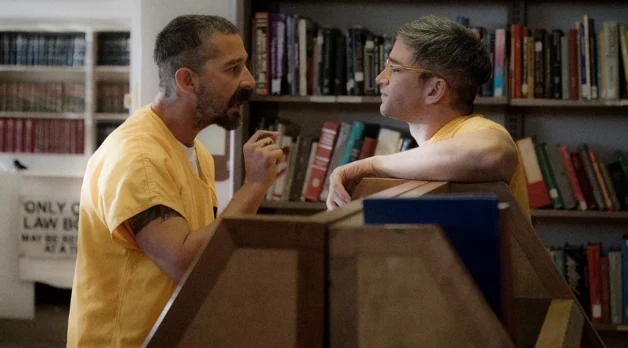


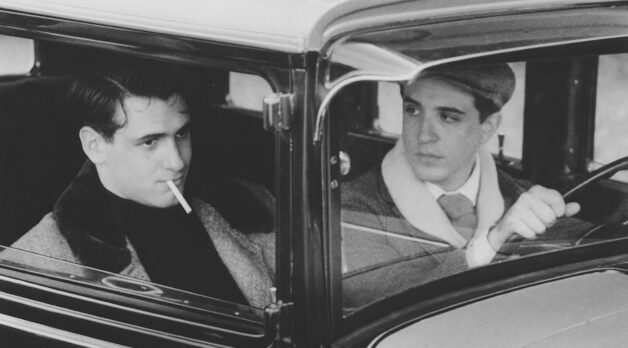








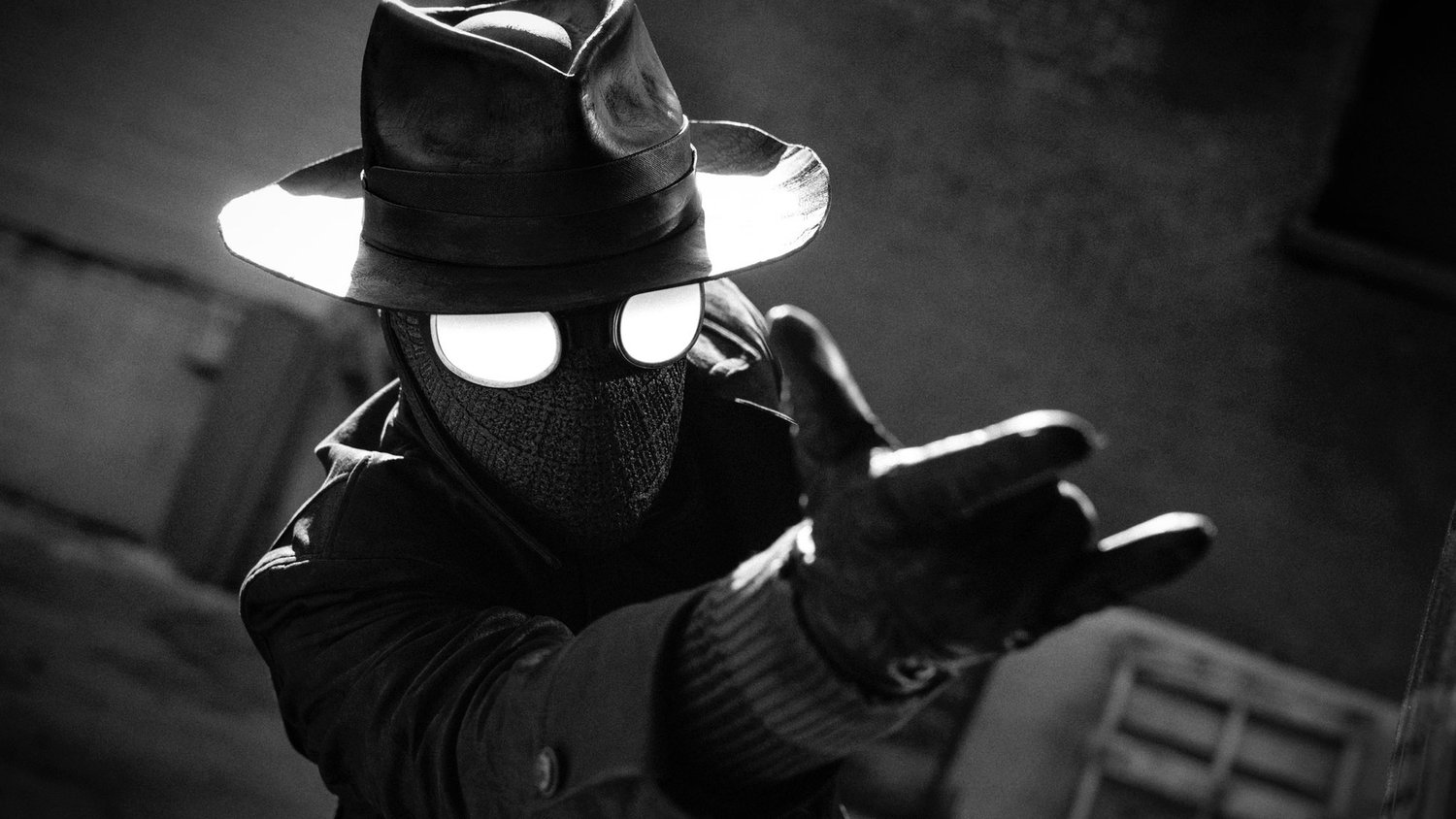
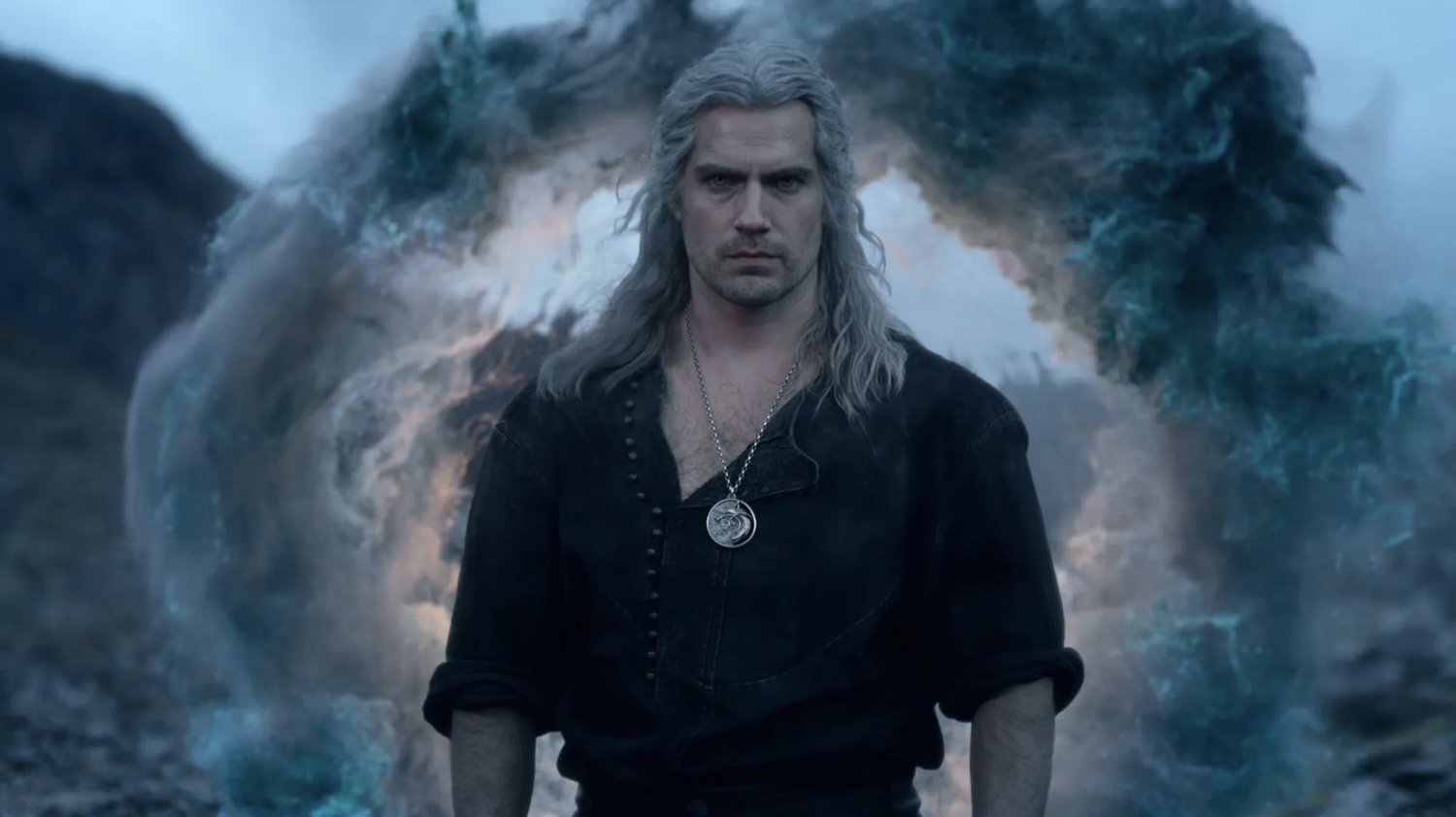













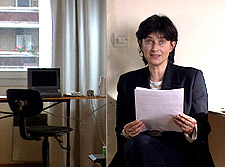
![Ideal Women [THE FAMINE WITHIN]](http://www.jonathanrosenbaum.net/wp-content/uploads/2014/03/TheFamineWitin-ad.jpg)
![Bravery in Hiding [on LUMIÈRE D’ÉTÉ and LE CIEL EST À VOUS]](http://www.jonathanrosenbaum.net/wp-content/uploads/2016/04/lumieredete3-300x168.jpg)
![A Couple of Kooks [MY BEST FIEND]](https://jonathanrosenbaum.net/wp-content/uploads/2011/11/my-best-fiend-bluray.jpg)
